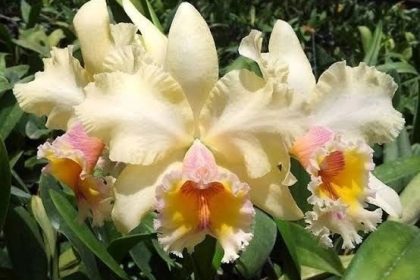In your seemingly innocuous backyard, there may lurk plants with deadly potential. Here are 50 such plants to watch out for:
1. Castor Bean Plant (Ricinus communis)
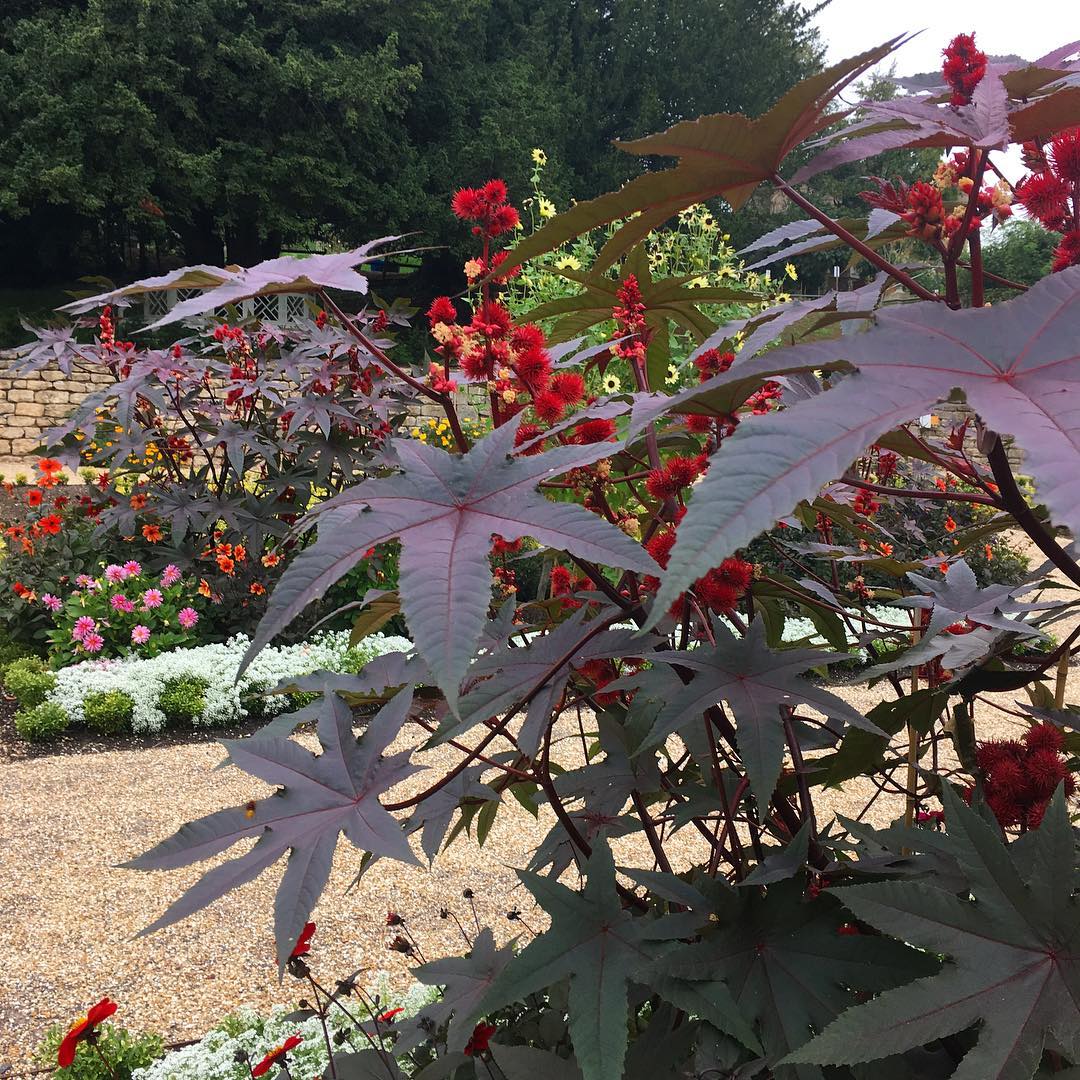
- Why It’s Dangerous: The seeds contain ricin, a potent toxin that can cause severe poisoning if ingested.
- How Common Is It?: Fairly common in temperate climates.
- What You Should Do If You Have It?: Exercise caution and remove it if possible, especially if you have children or pets.
2. Oleander (Nerium oleander)
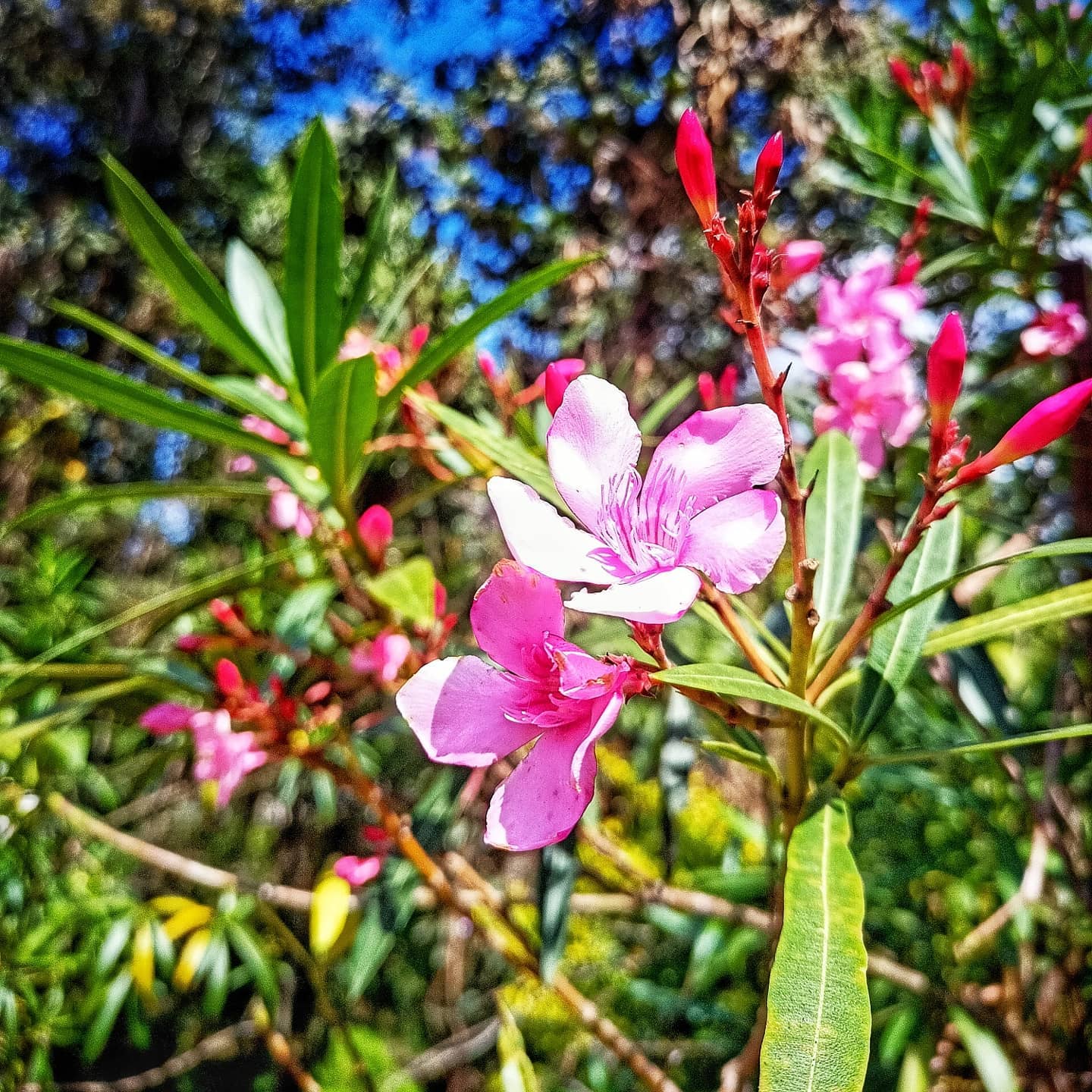
- Why It’s Dangerous: Contains cardiac glycosides, which can cause cardiac arrest if ingested.
- How Common Is It?: Widely cultivated as an ornamental plant in warm climates.
- What You Should Do If You Have It?: Remove it immediately, and handle with gloves to avoid contact with the sap.
3. Deadly Nightshade (Atropa belladonna)
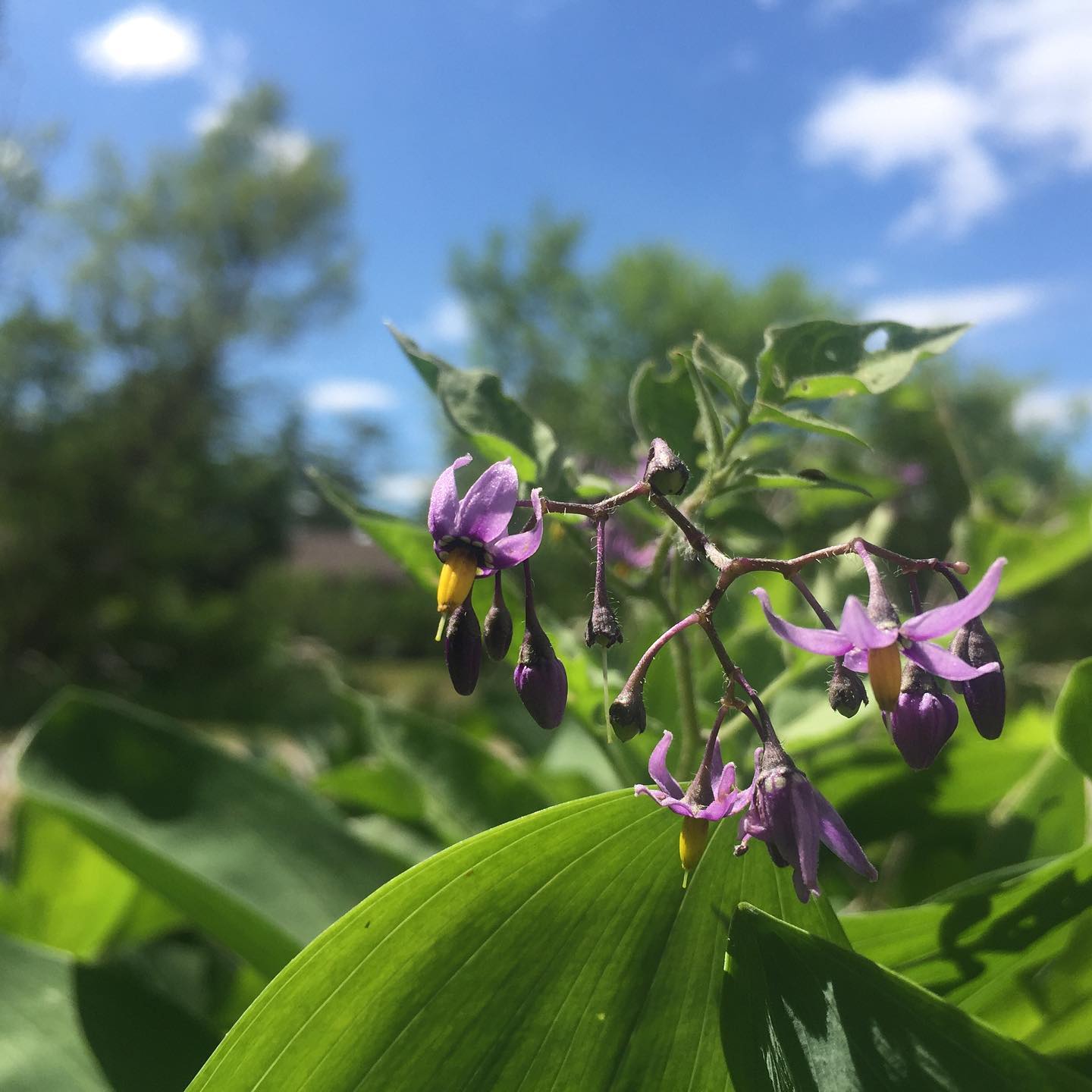
- Why It’s Dangerous: Contains tropane alkaloids that can cause hallucinations, seizures, and even death.
- How Common Is It?: Rarely found in gardens but may grow in wild or neglected areas.
- What You Should Do If You Have It?: Eradicate it carefully, wearing protective gear.
4. Foxglove (Digitalis purpurea)
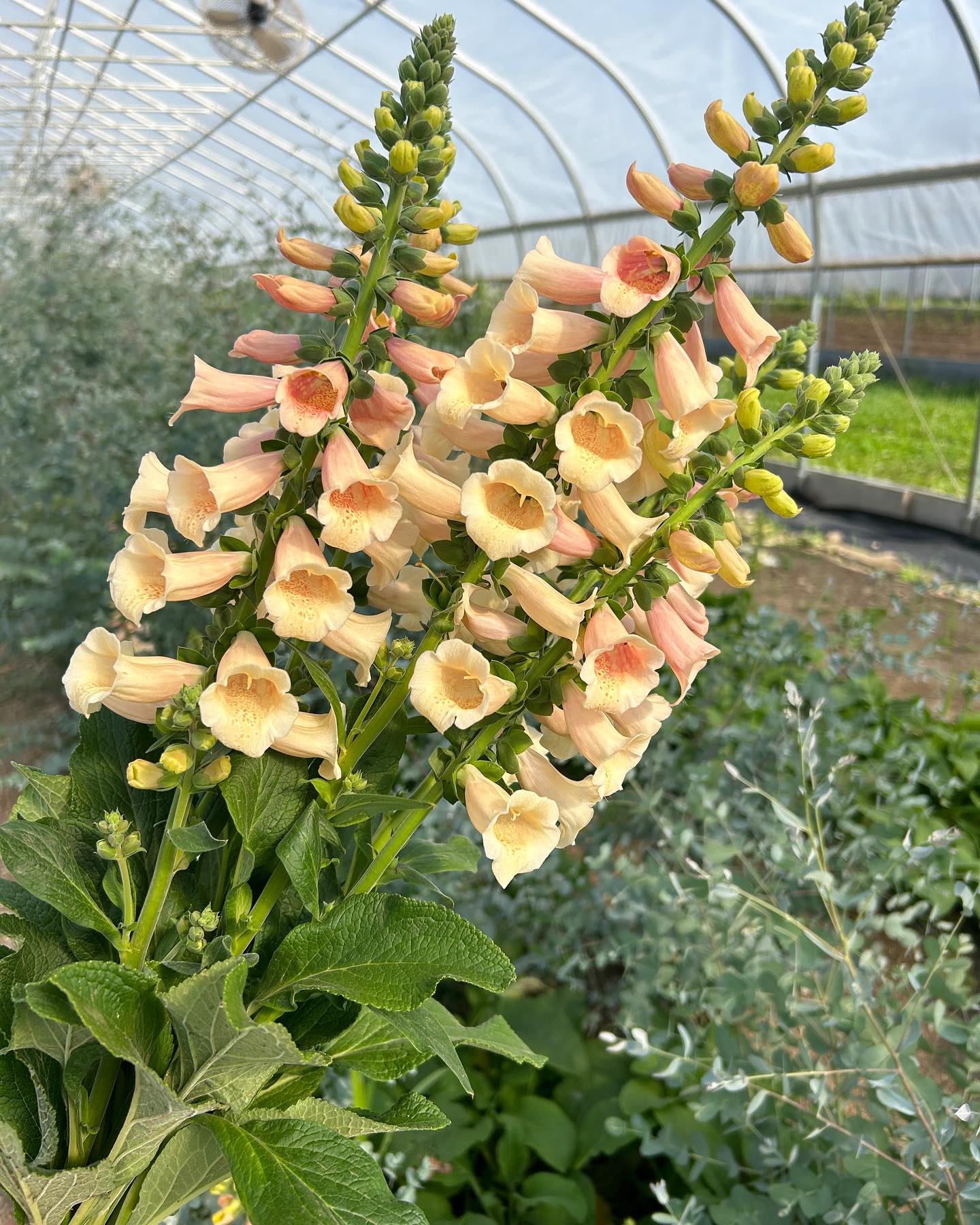
- Why It’s Dangerous: Contains cardiac glycosides, which can lead to irregular heart rhythms and death if ingested.
- How Common Is It?: Often found in gardens due to its attractive flowers.
- What You Should Do If You Have It?: Remove it carefully and consider replacing it with safer alternatives.
5. Monkshood (Aconitum napellus)
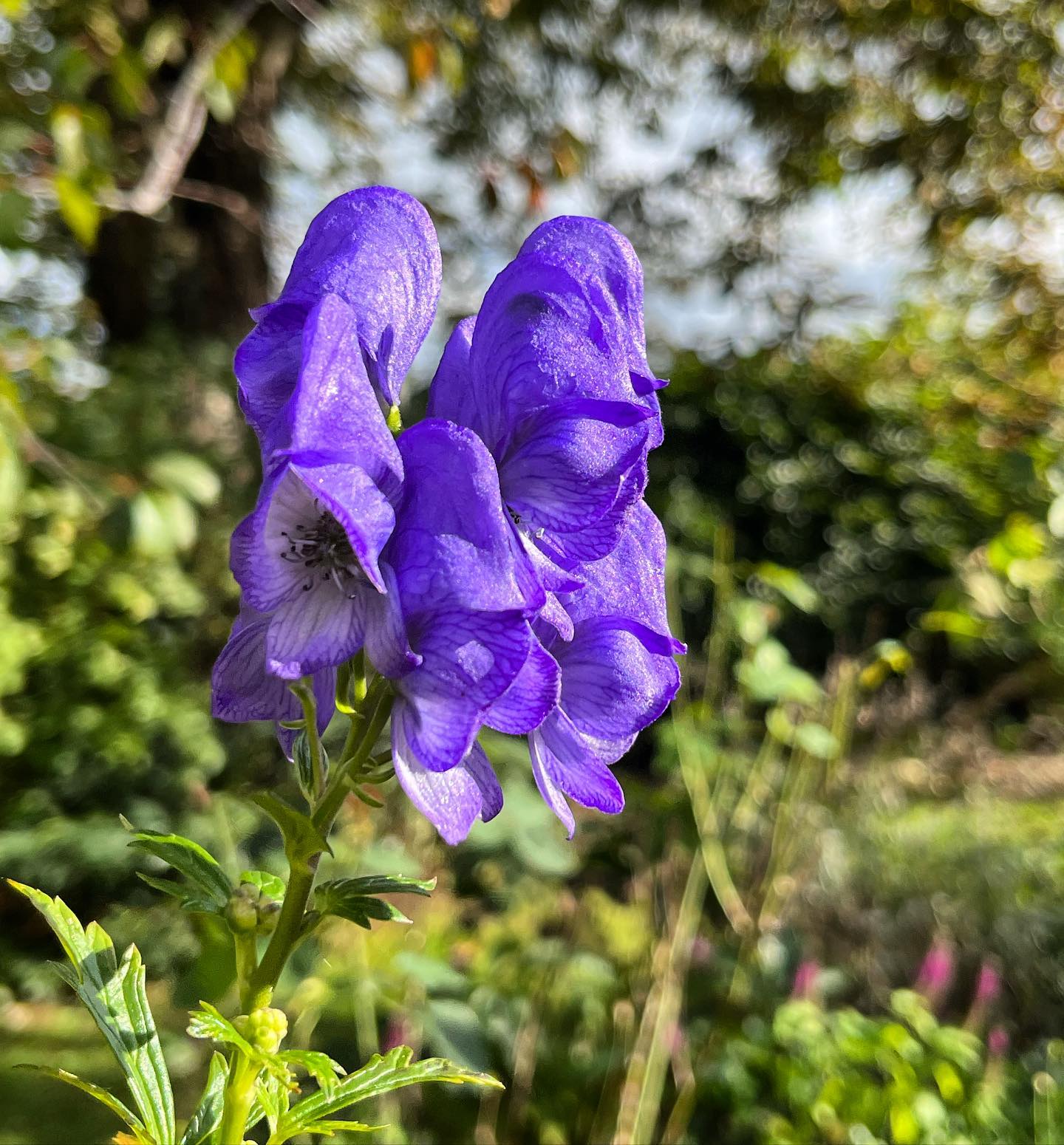
- Why It’s Dangerous: Contains aconitine, which can cause paralysis and cardiac arrest.
- How Common Is It?: Occasionally cultivated for its striking blue flowers.
- What You Should Do If You Have It?: Remove it immediately, ensuring to wear gloves and avoid contact with the sap.
6. White Snakeroot (Ageratina altissima)
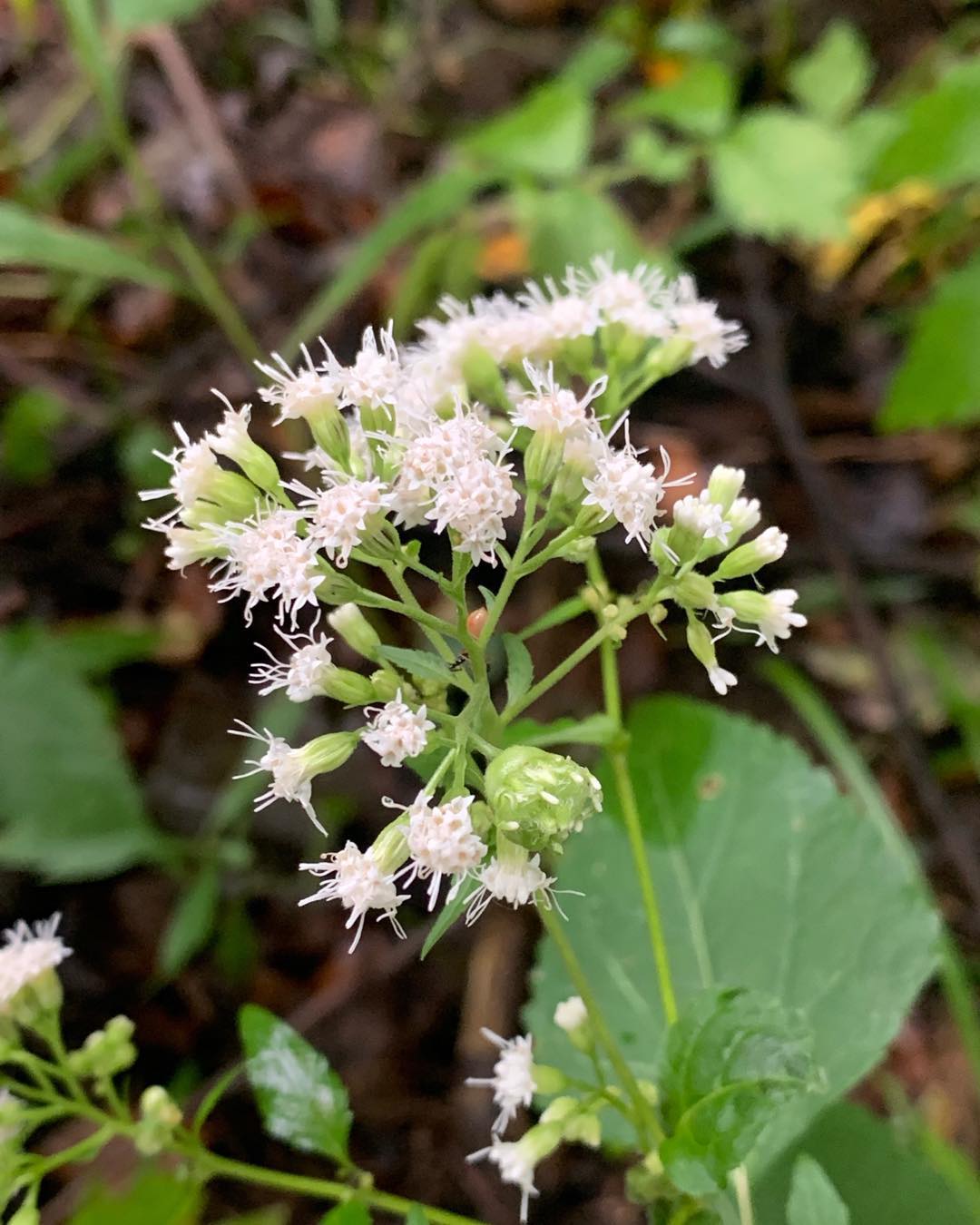
- Why It’s Dangerous: Contains tremetol, which can cause milk sickness in humans if ingested.
- How Common Is It?: Common in wooded areas and may encroach into gardens.
- What You Should Do If You Have It?: Remove it to prevent accidental ingestion by livestock or pets.
7. Angel’s Trumpet (Brugmansia spp.)
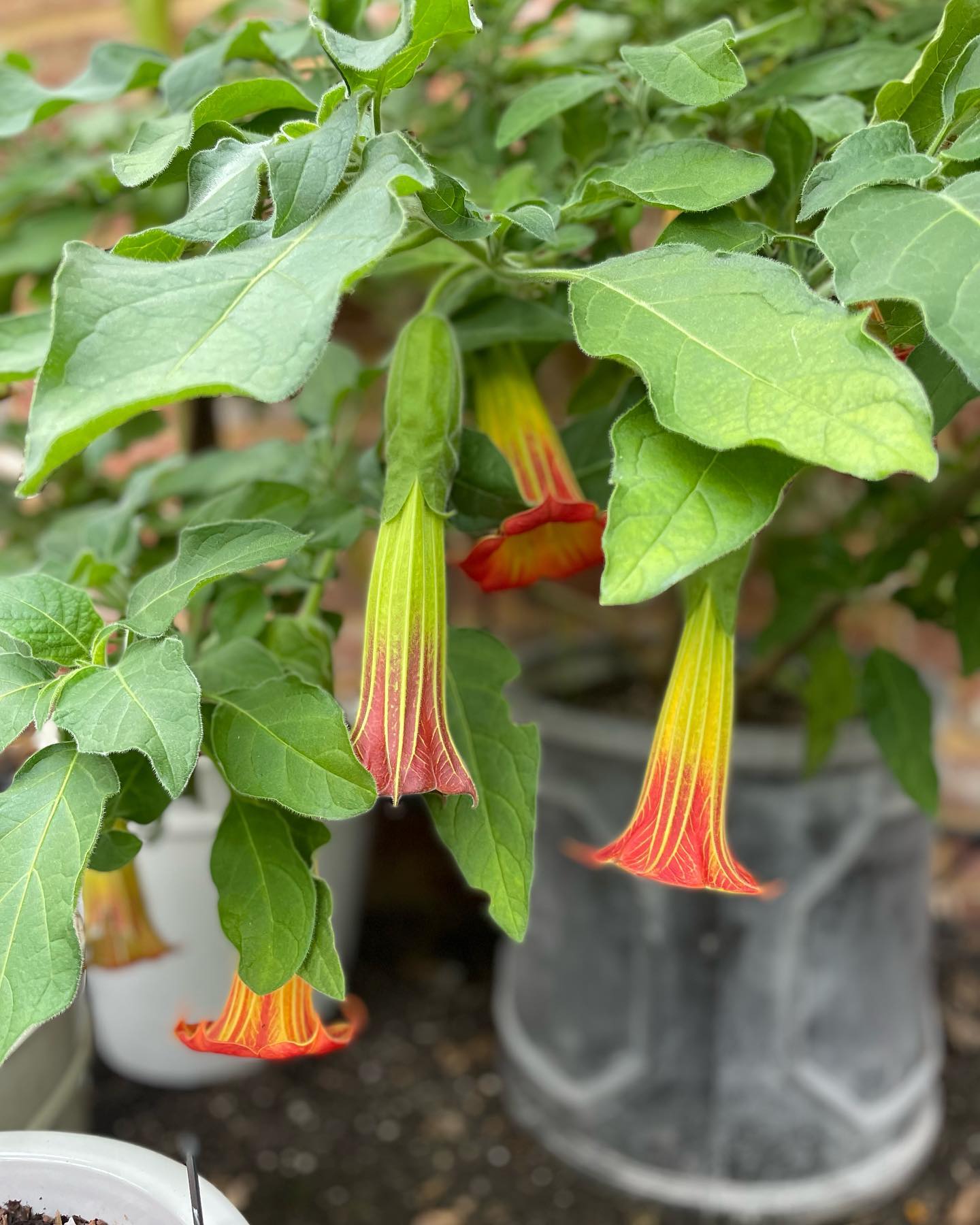
- Why It’s Dangerous: Contains tropane alkaloids that can cause hallucinations, paralysis, and death.
- How Common Is It?: Cultivated for its fragrant, trumpet-shaped flowers in tropical and subtropical regions.
- What You Should Do If You Have It?: Remove it immediately, as ingestion can be fatal.
8. Pokeweed (Phytolacca americana)
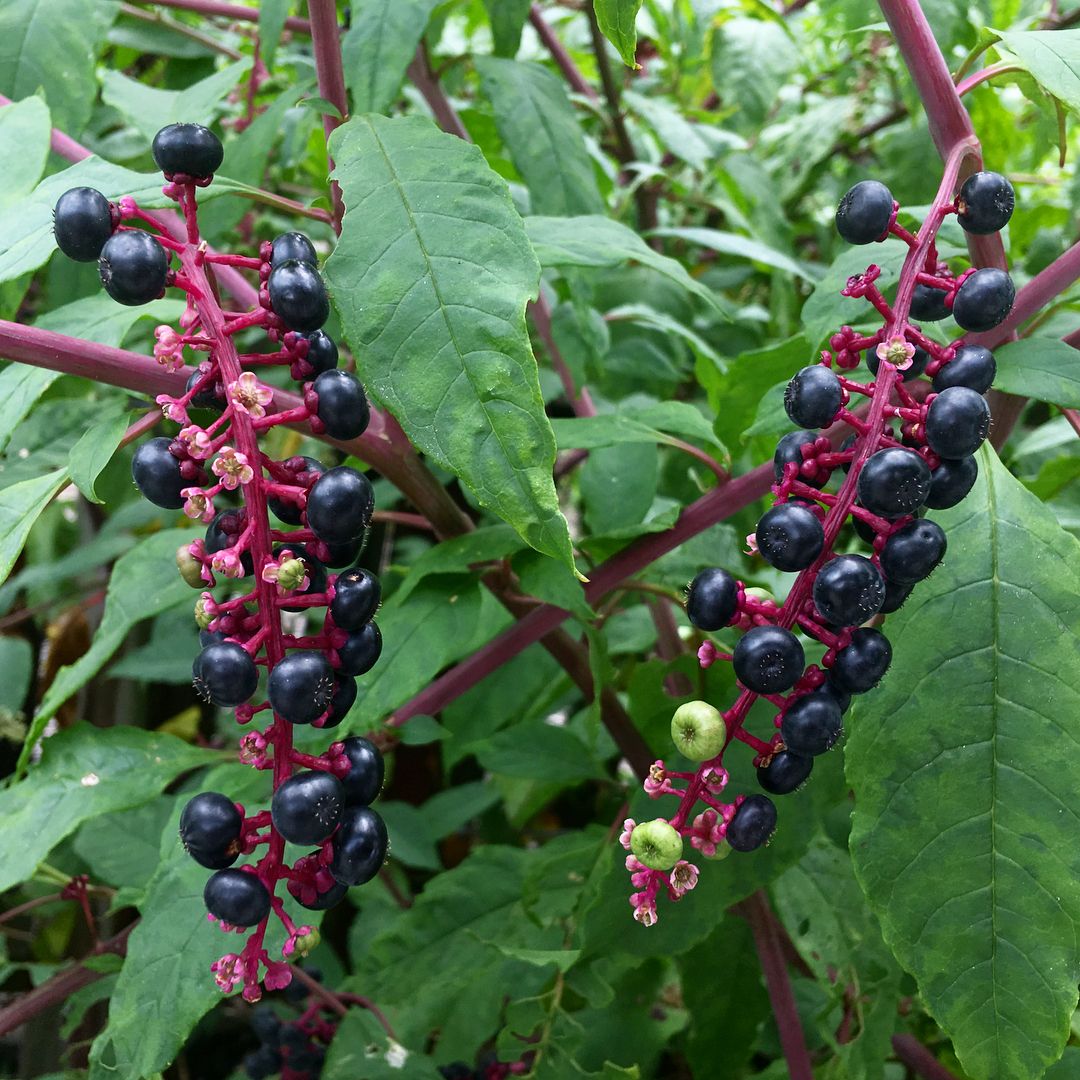
- Why It’s Dangerous: Contains toxins that can cause vomiting, diarrhea, and in severe cases, respiratory failure.
- How Common Is It?: Often grows as a weed in disturbed areas.
- What You Should Do If You Have It?: Remove it carefully, ensuring not to come into contact with the sap.
9. Hemlock (Conium maculatum)
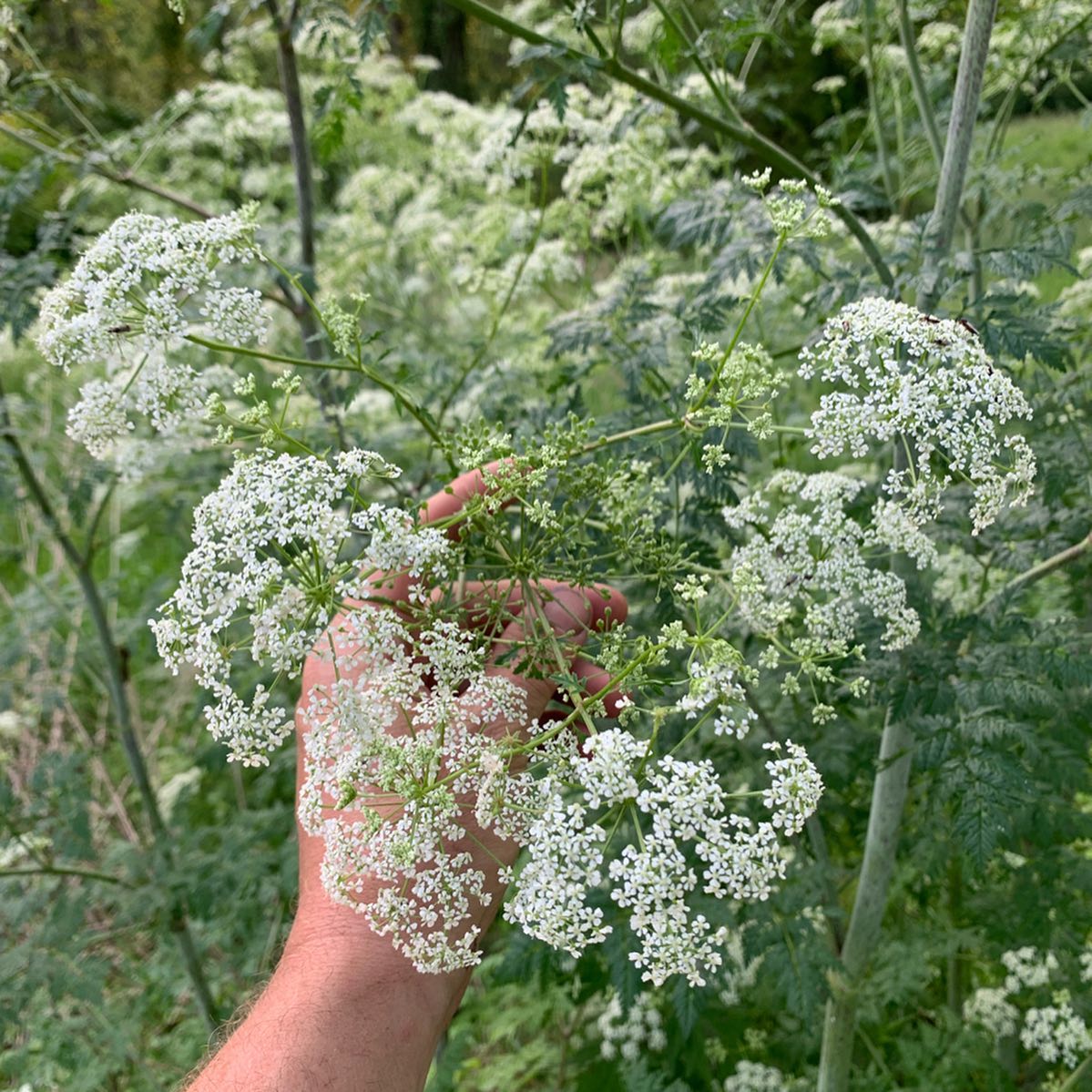
- Why It’s Dangerous: Contains coniine, a neurotoxin that causes paralysis and death.
- How Common Is It?: Grows wild in many regions and may appear in gardens.
- What You Should Do If You Have It?: Remove it immediately, wearing protective clothing and gloves.
10. Jimsonweed (Datura stramonium)
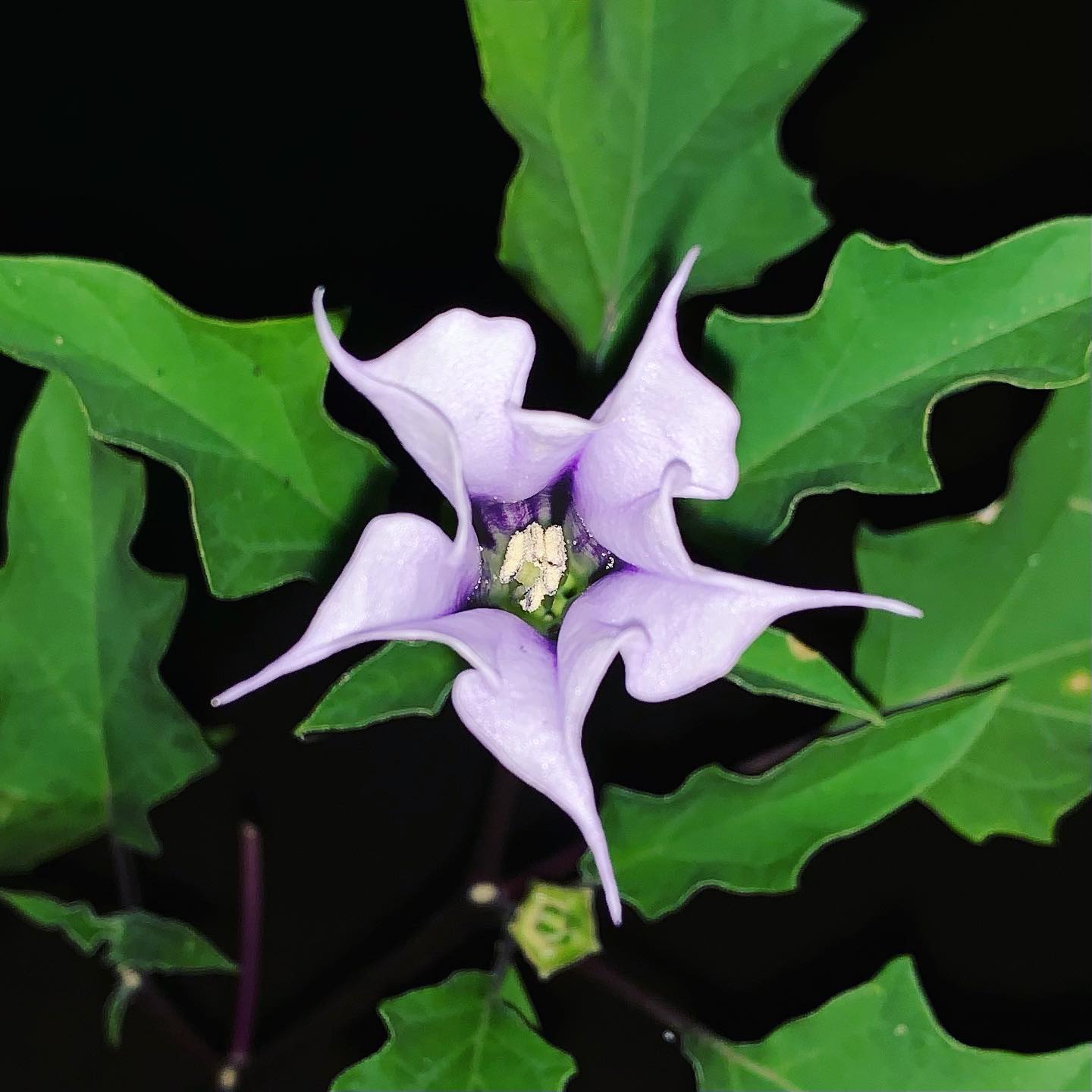
- Why It’s Dangerous: Contains tropane alkaloids that can cause hallucinations, seizures, and death.
- How Common Is It?: Often grows as a weed in disturbed areas.
- What You Should Do If You Have It?: Remove it carefully, ensuring not to touch your face or eyes after handling.
11. Water Hemlock (Cicuta spp.)
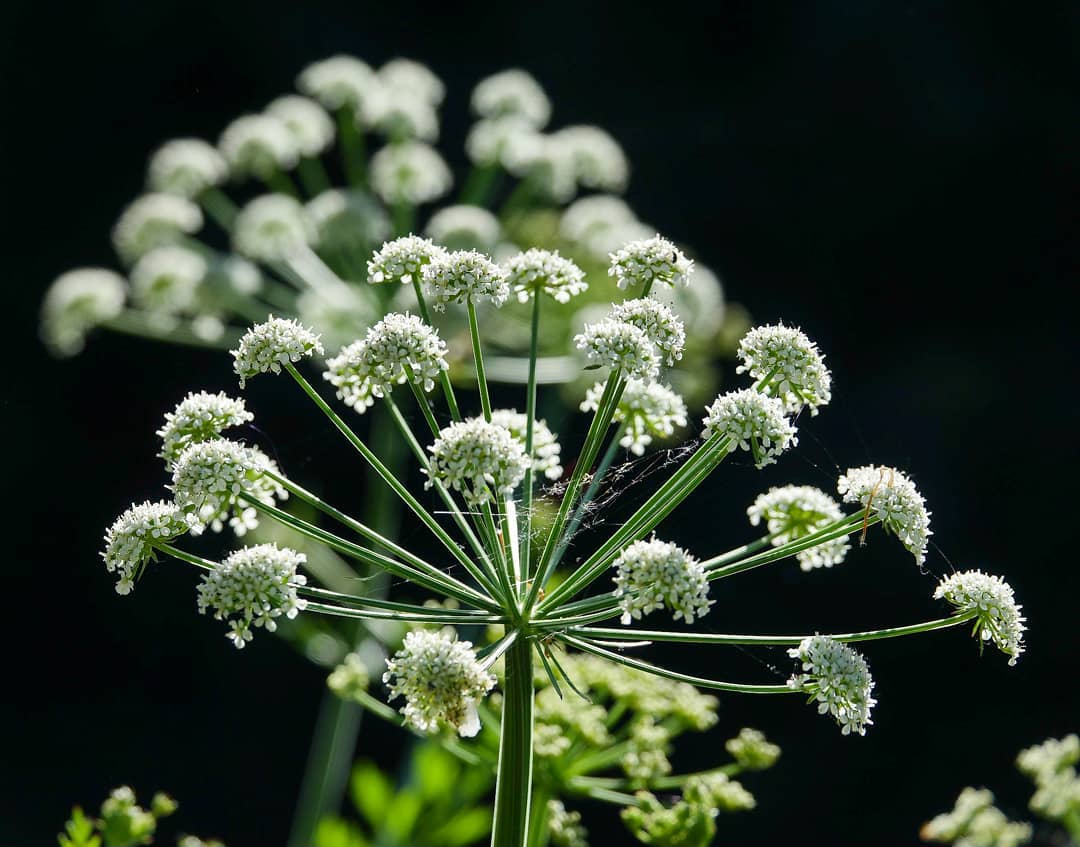
- Why It’s Dangerous: Contains cicutoxin, which causes seizures and death in humans and animals.
- How Common Is It?: Found near water sources in many regions.
- What You Should Do If You Have It?: Remove it immediately and avoid contact with the sap.
12. Laburnum (Laburnum anagyroides)
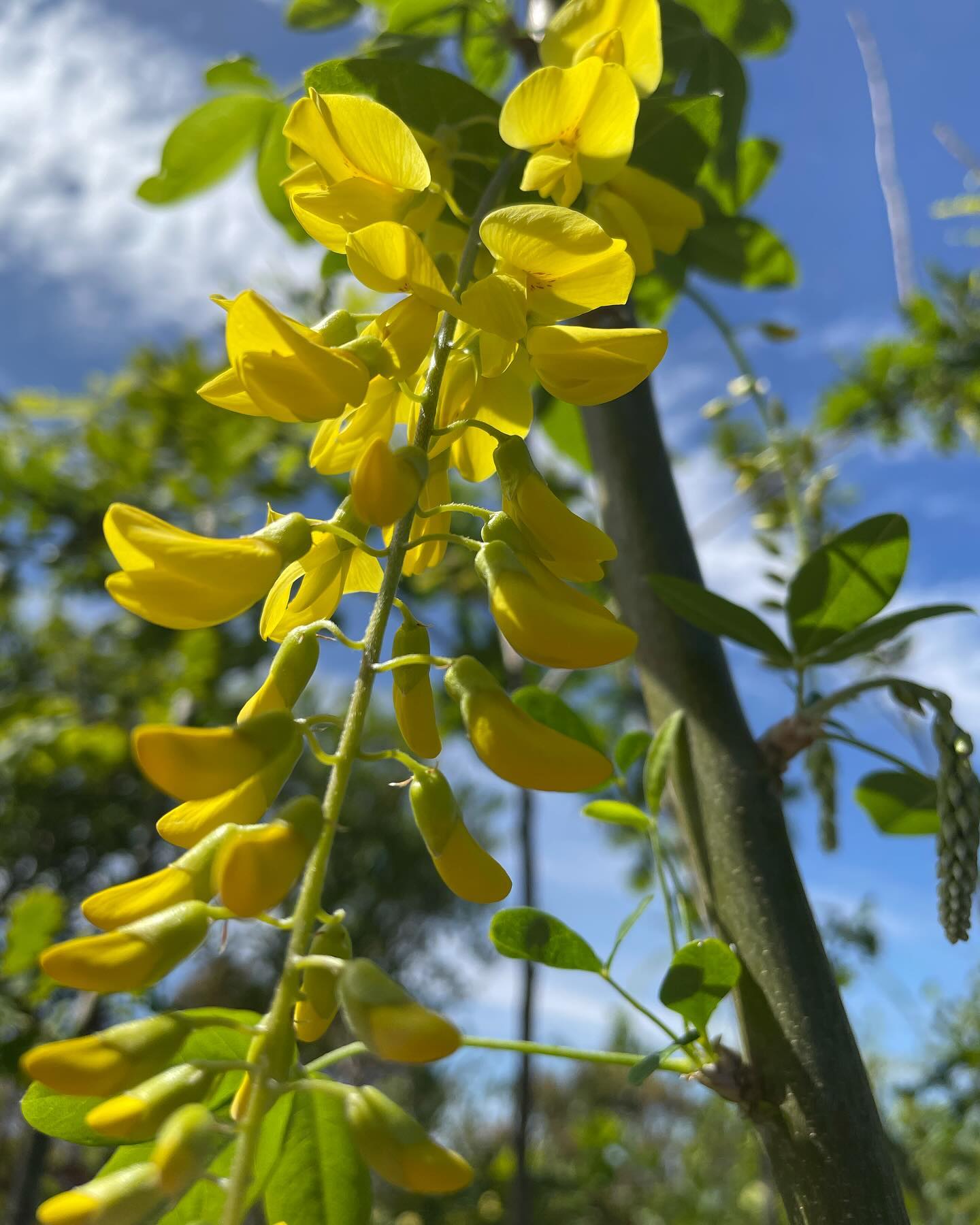
- Why It’s Dangerous: All parts contain cytisine, which can cause vomiting, convulsions, and death.
- How Common Is It?: Cultivated for its yellow flowers in gardens and parks.
- What You Should Do If You Have It?: Remove it, especially if you have children or pets.
13. Yew (Taxus spp.)
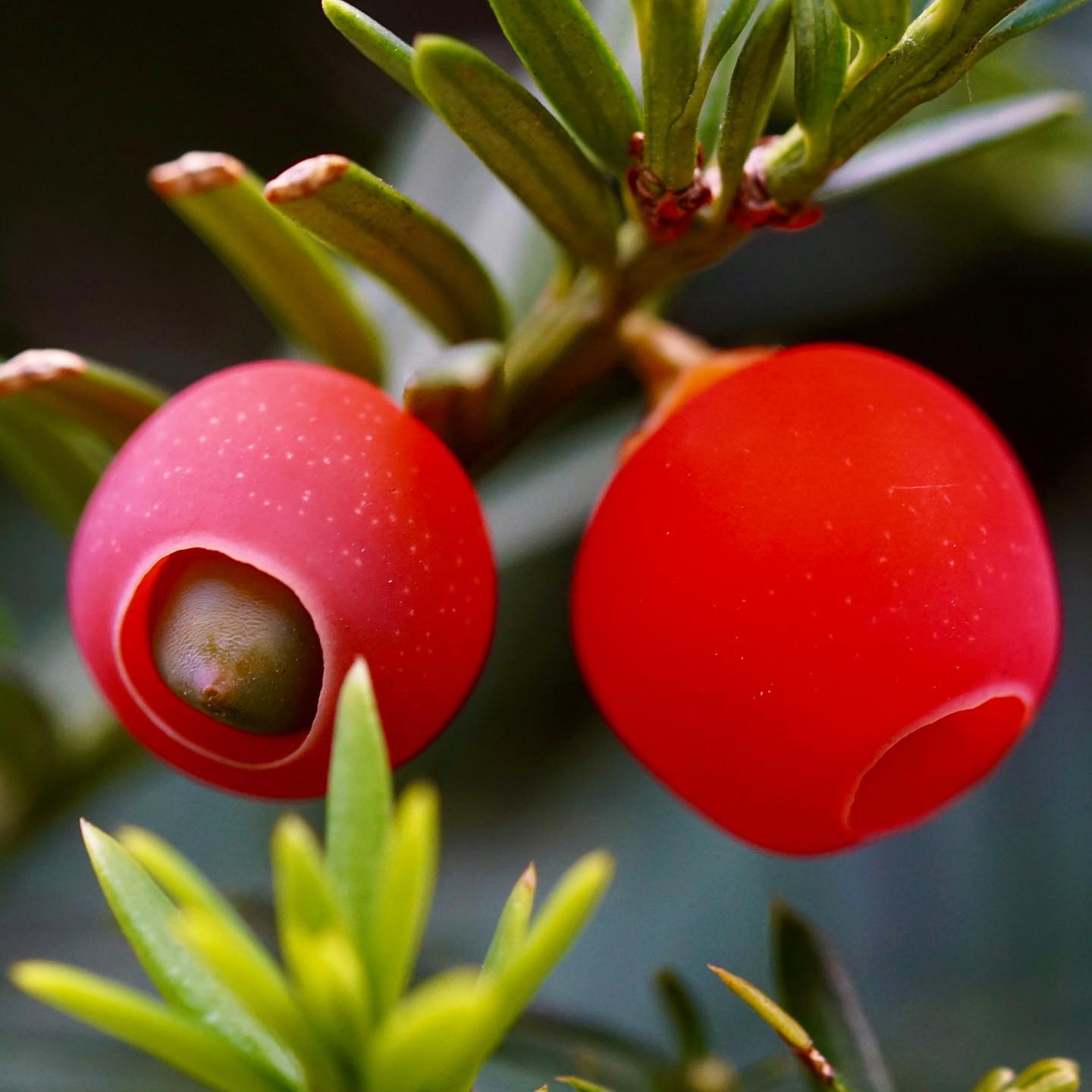
- Why It’s Dangerous: Contains taxine alkaloids, which can cause cardiac arrest.
- How Common Is It?: Commonly used as ornamental shrubs and trees.
- What You Should Do If You Have It?: Remove it, especially if accessible to children or pets.
14. Elderberry (Sambucus spp.)
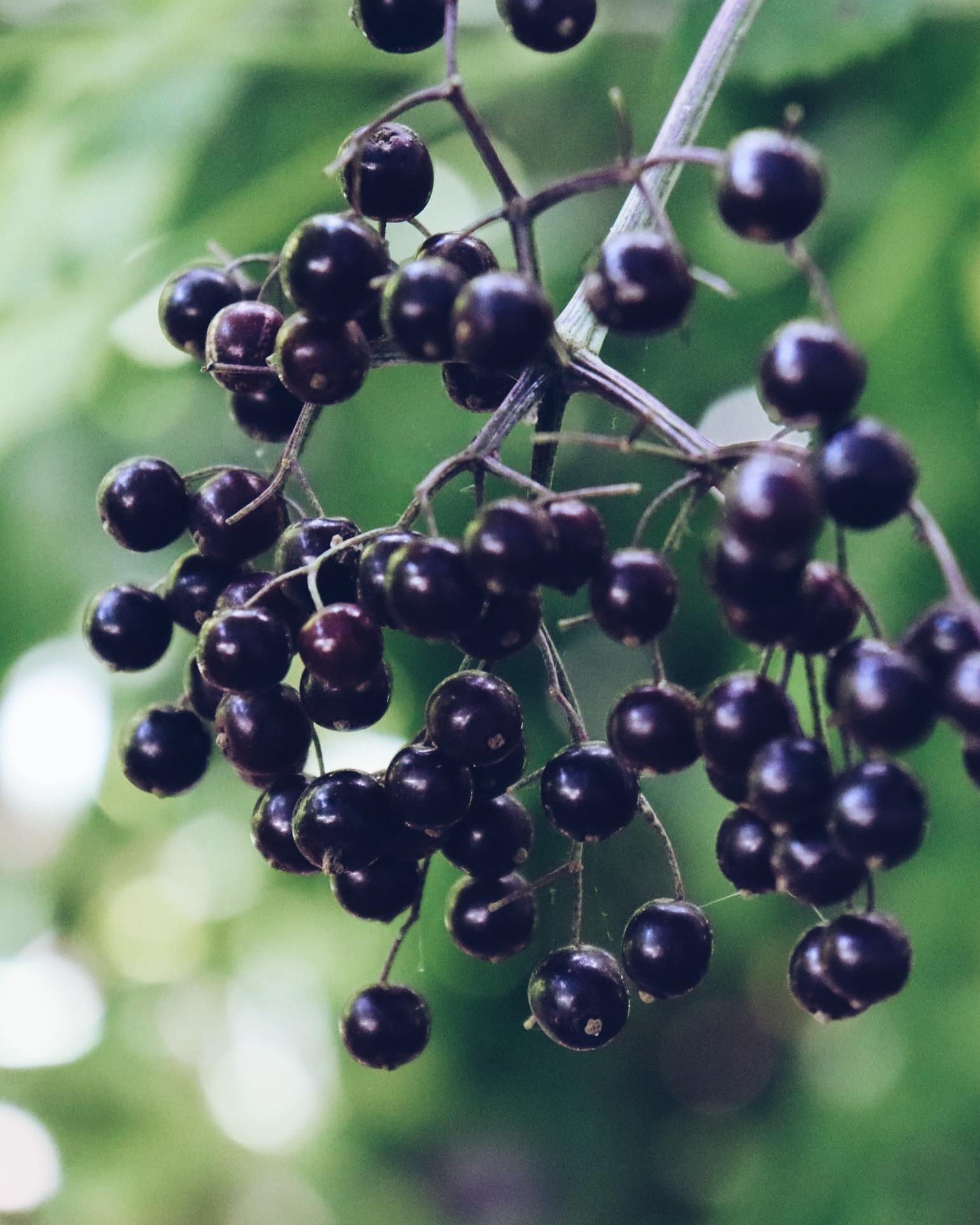
- Why It’s Dangerous: Contains cyanogenic glycosides, which can cause cyanide poisoning if ingested.
- How Common Is It?: Often cultivated for its berries and flowers.
- What You Should Do If You Have It?: Exercise caution, especially with children who might mistake the berries for edible ones.
15. Wisteria (Wisteria spp.)
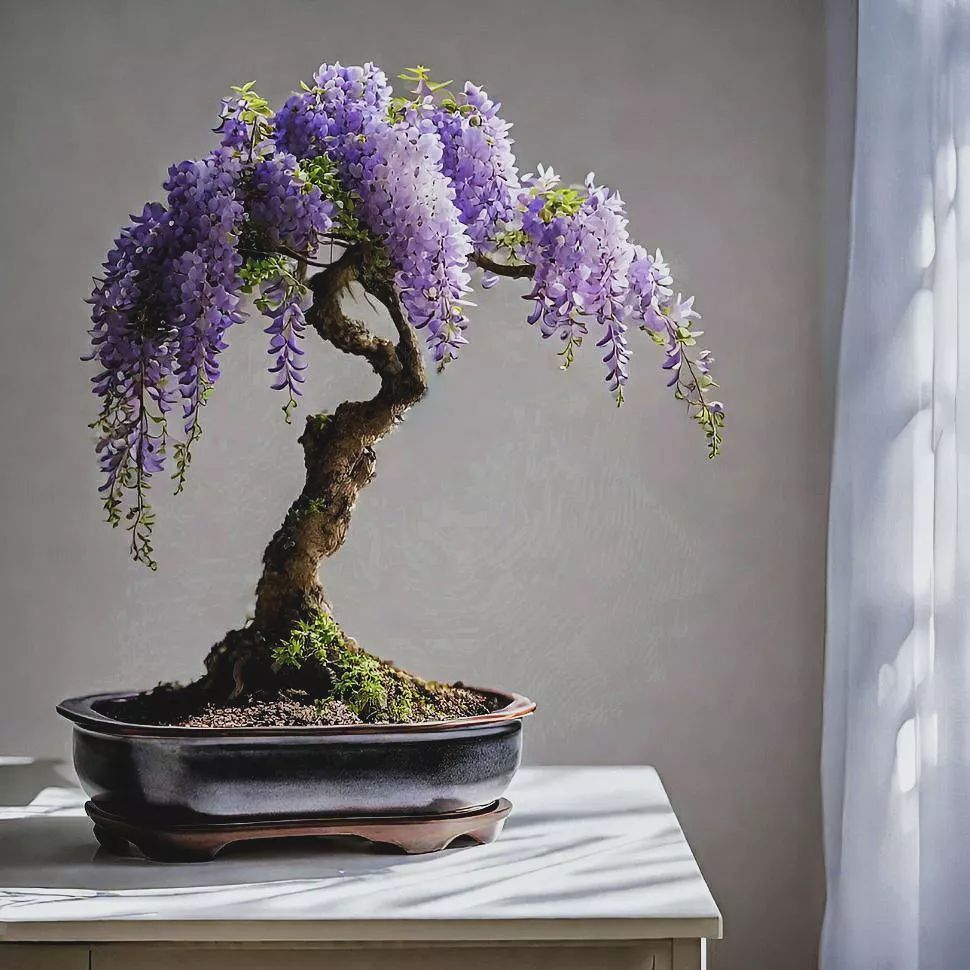
- Why It’s Dangerous: All parts contain lectin and wisterin, which can cause nausea, vomiting, and diarrhea.
- How Common Is It?: Popular ornamental climbing plants in gardens.
- What You Should Do If You Have It?: Exercise caution, especially if you have children or pets who may ingest the seeds or pods.
16. Dumbcane (Dieffenbachia spp.)
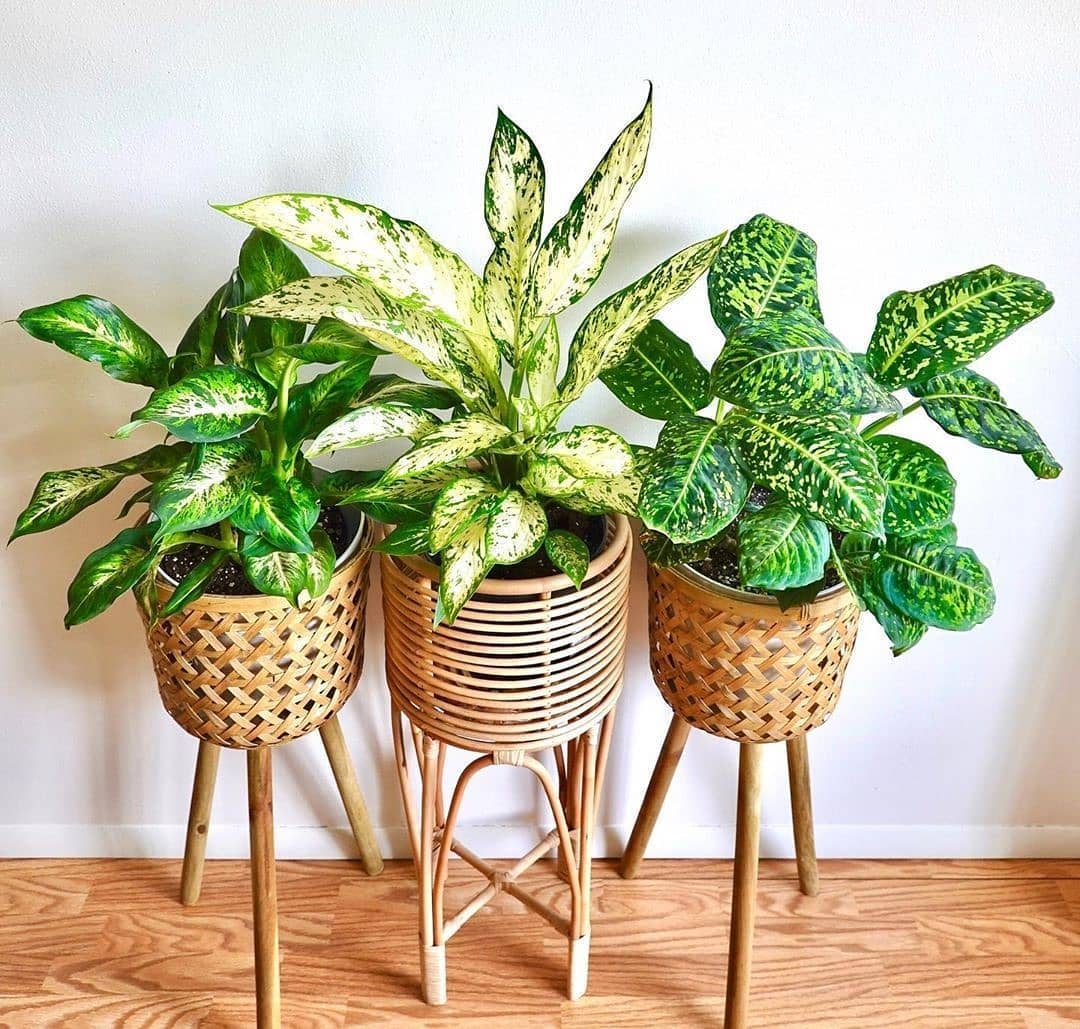
- Why It’s Dangerous: Contains calcium oxalate crystals that can cause intense burning and swelling if ingested.
- How Common Is It?: Common houseplant and occasionally grown outdoors in tropical regions.
- What You Should Do If You Have It?: Keep it out of reach of children and pets, and handle with care to avoid skin irritation.
17. Rhododendron and Azalea (Rhododendron spp.)
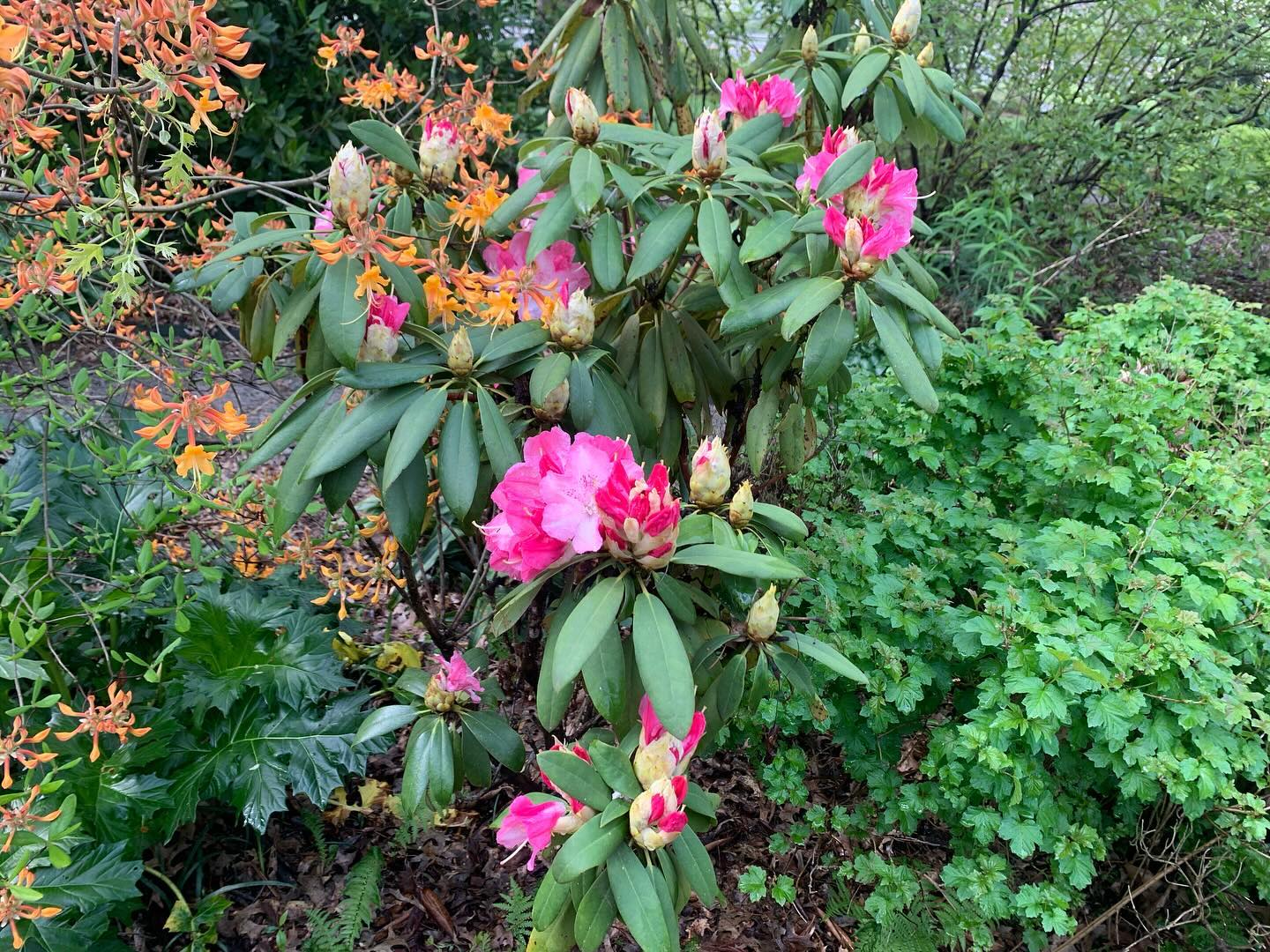
- Why It’s Dangerous: Contains grayanotoxins that can cause nausea, vomiting, and heart irregularities.
- How Common Is It?: Popular ornamental shrubs in gardens.
- What You Should Do If You Have It?: Be cautious, especially with pets and livestock, as they may be attracted to the leaves.
18. Hydrangea (Hydrangea spp.)
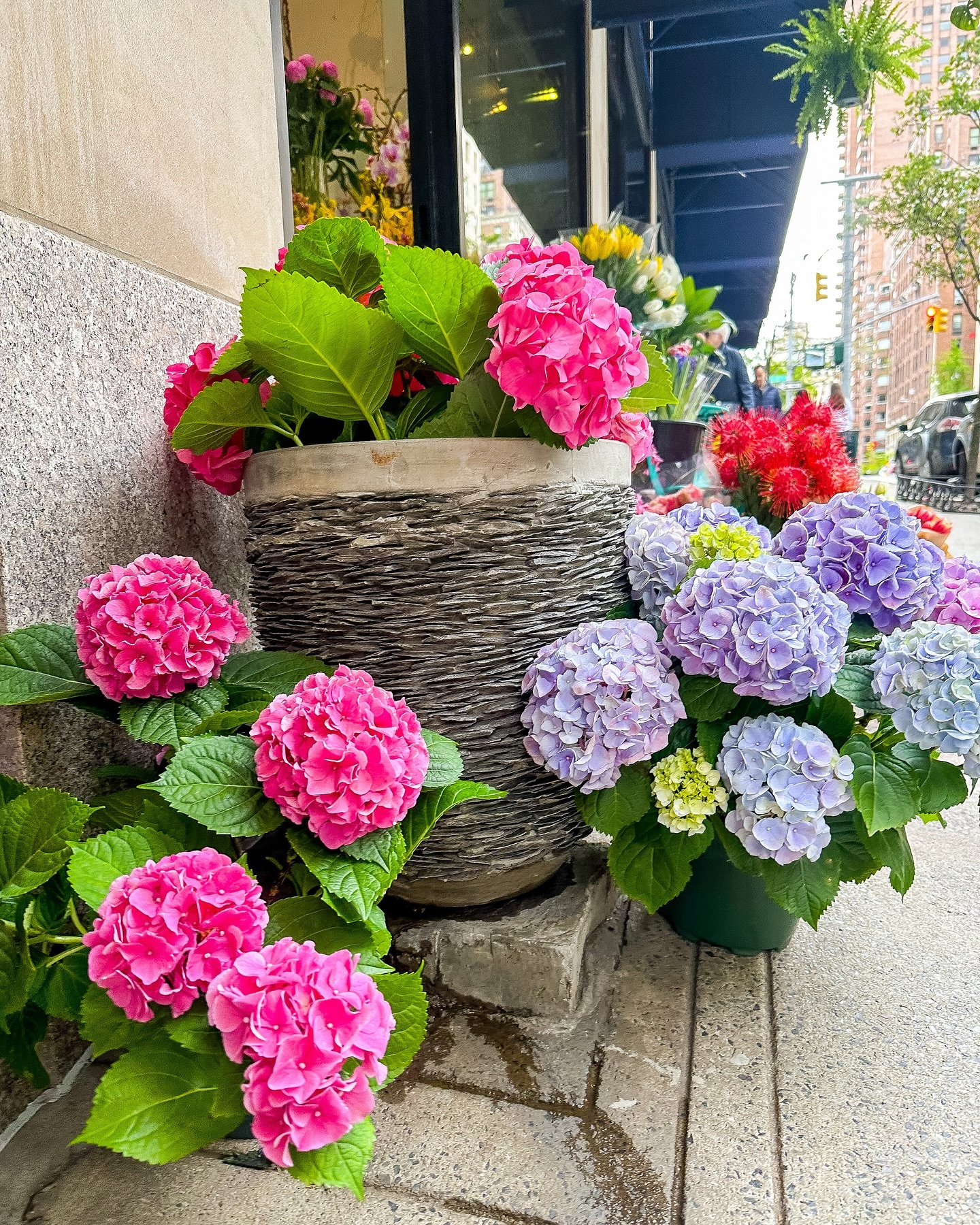
- Why It’s Dangerous: Contains cyanogenic glycosides that can cause cyanide poisoning if ingested.
- How Common Is It?: Frequently found in gardens for their colorful flowers.
- What You Should Do If You Have It?: Be cautious, especially with children and pets, and consider removing it if safety is a concern.
19. Lantana (Lantana spp.)
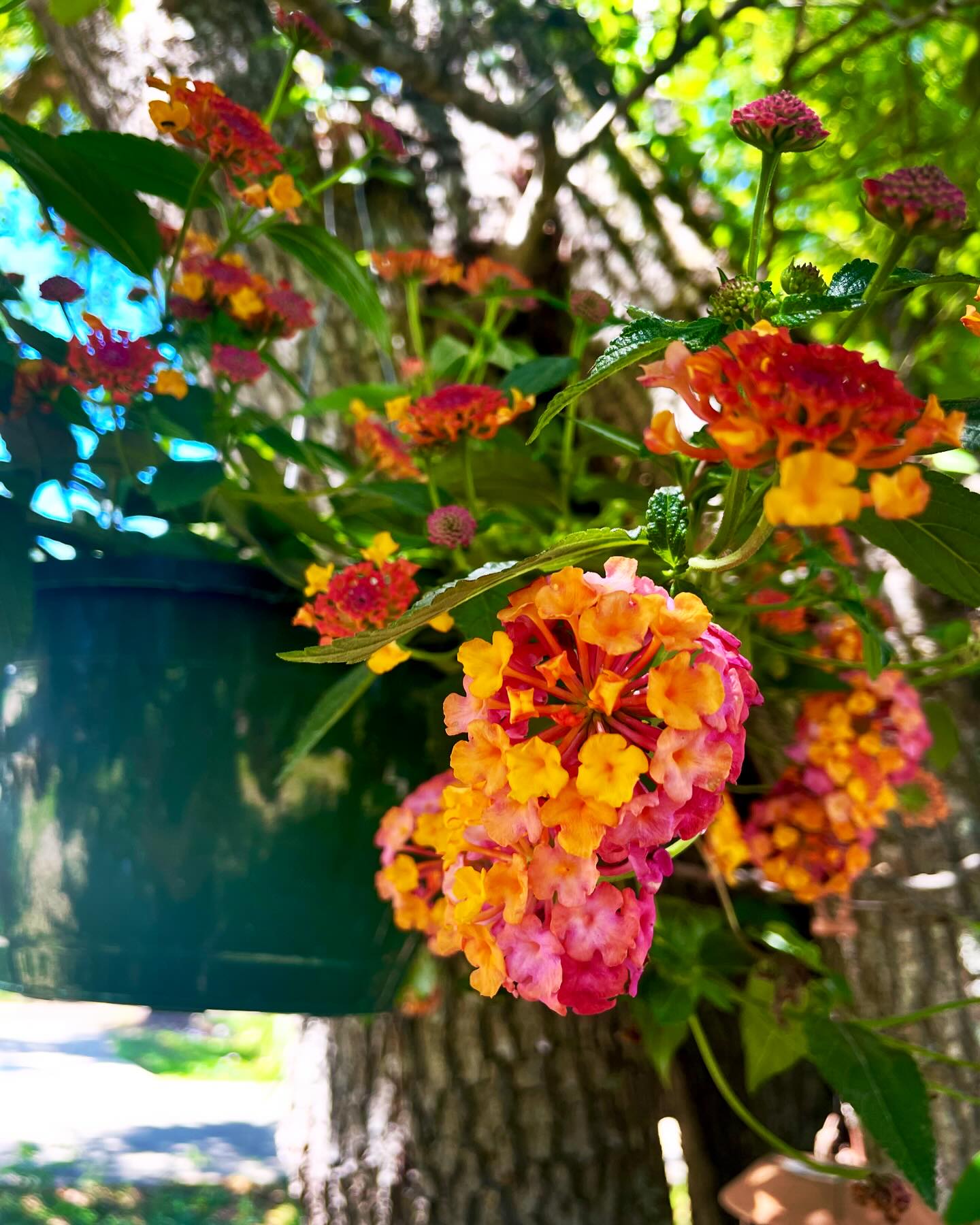
- Why It’s Dangerous: Contains pentacyclic triterpenoids that can cause liver damage if ingested.
- How Common Is It?: Widely cultivated as an ornamental plant and may grow wild in some regions.
- What You Should Do If You Have It?: Exercise caution, especially if you have children or pets who may be tempted by the colorful berries.
20. Aloe Vera (Aloe vera)
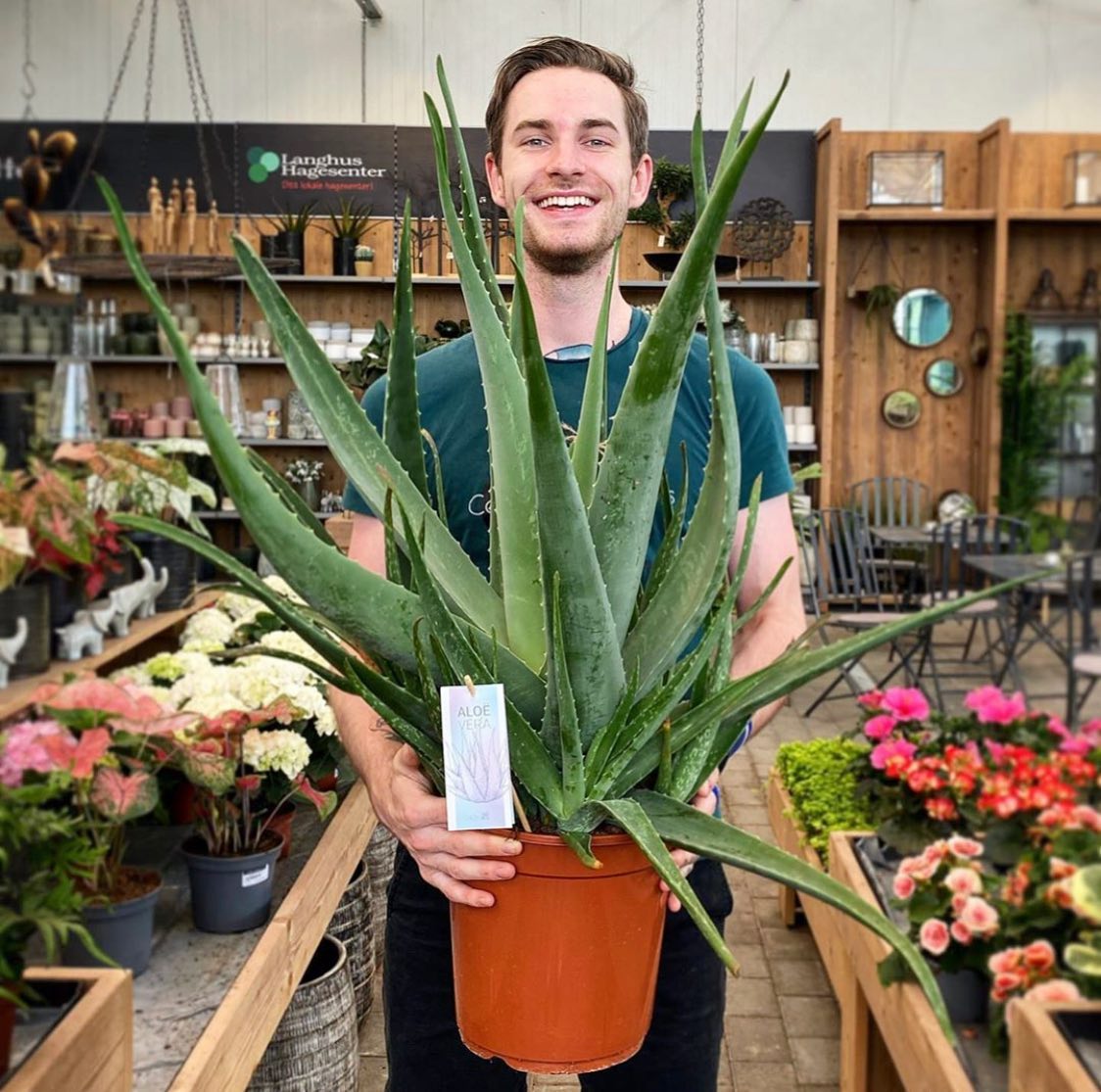
- Why It’s Dangerous: The latex from the leaves can cause diarrhea and abdominal cramps if ingested in large quantities.
- How Common Is It?: Popular as a medicinal plant and often grown indoors and outdoors.
- What You Should Do If You Have It?: Keep it away from pets and children, and be cautious when using it for medicinal purposes.
21. Philodendron (Philodendron spp.)
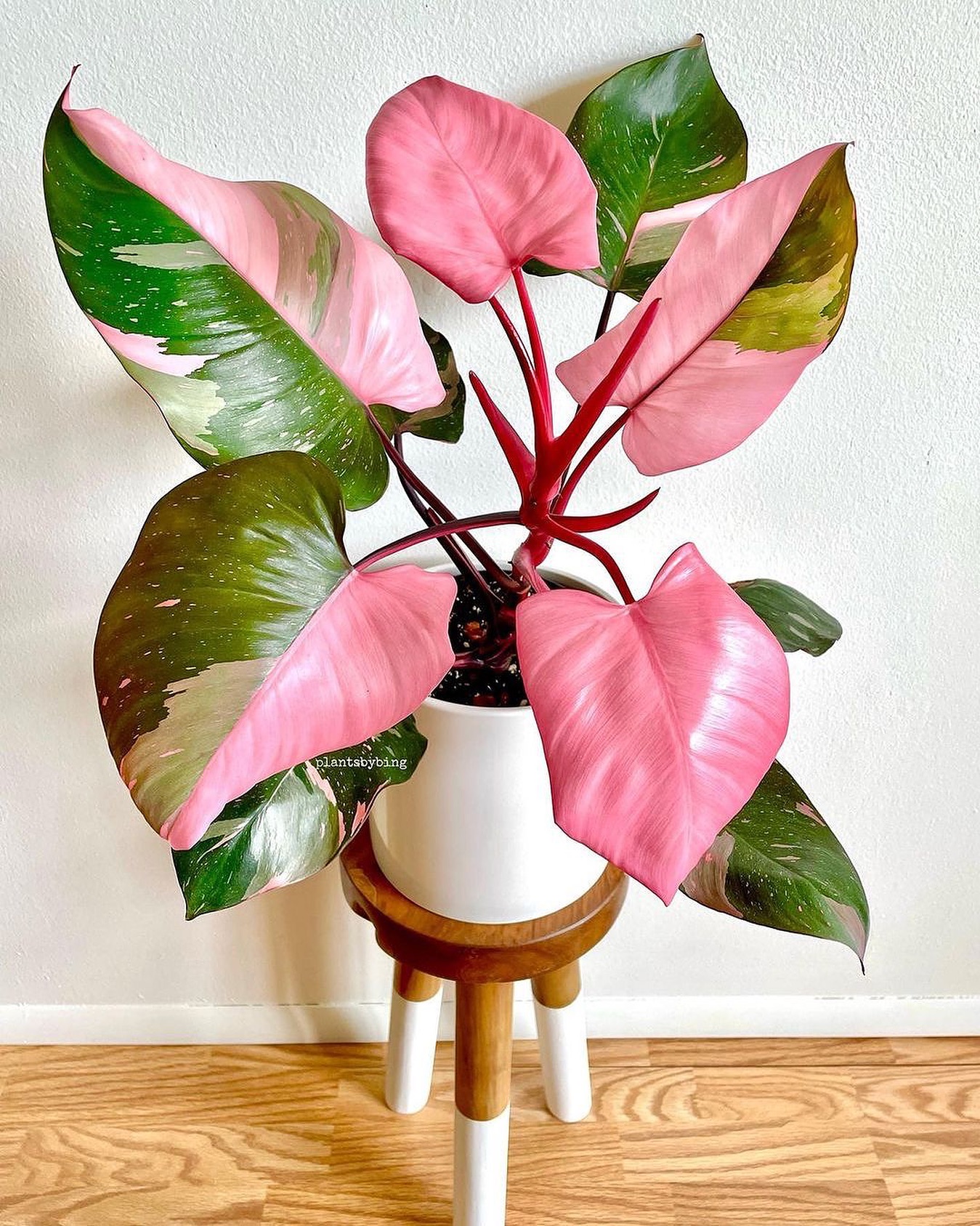
- Why It’s Dangerous: Contains calcium oxalate crystals that can cause irritation and swelling if ingested.
- How Common Is It?: Popular houseplant and occasionally grown outdoors in warm climates.
- What You Should Do If You Have It?: Keep it out of reach of children and pets, and handle with care to avoid skin irritation.
22. Bleeding Heart (Dicentra spp.)
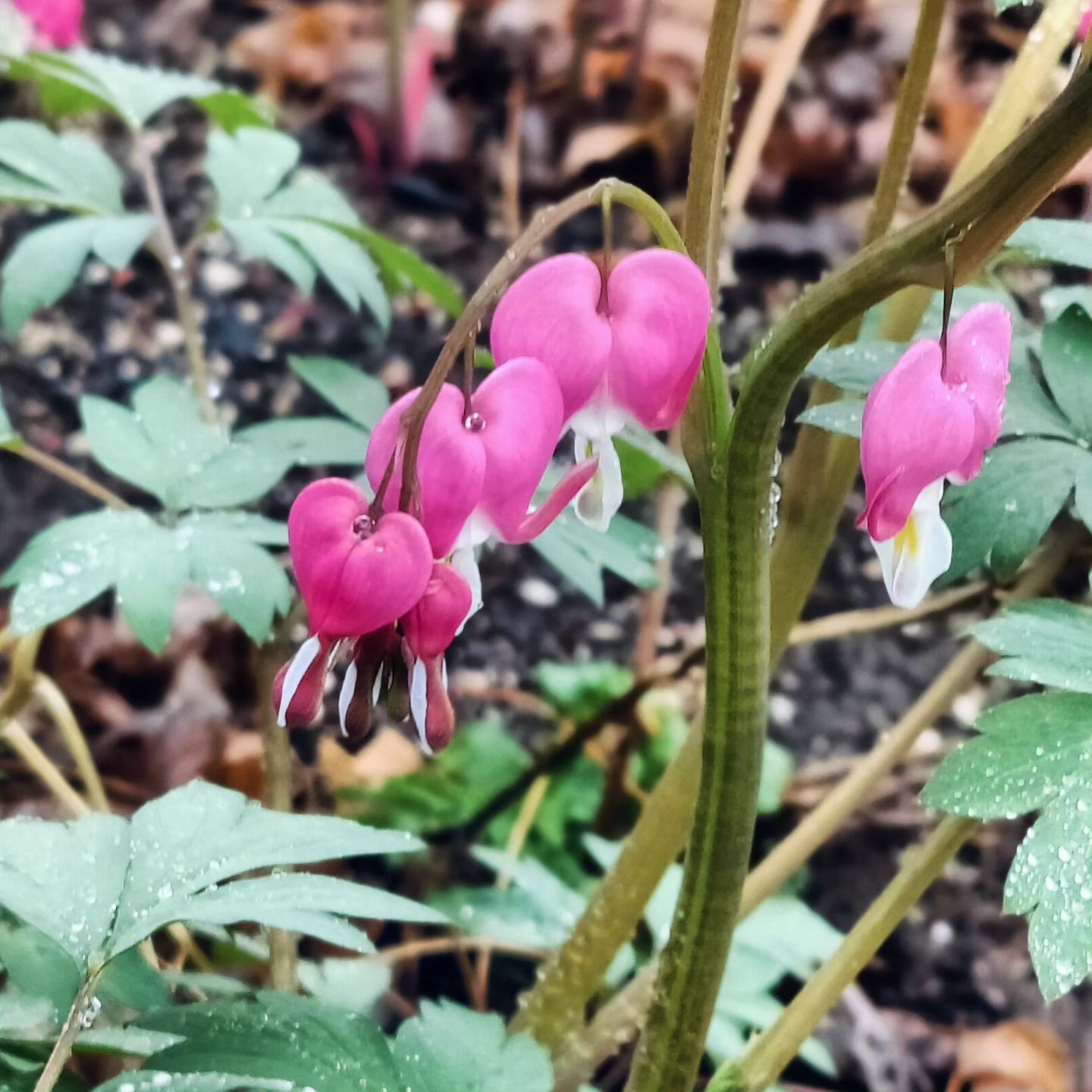
- Why It’s Dangerous: Contains alkaloids that can cause nausea, vomiting, and diarrhea if ingested.
- How Common Is It?: Common ornamental plant in gardens.
- What You Should Do If You Have It?: Exercise caution, especially if you have children or pets who may be attracted to the distinctive flowers.
23. Clematis (Clematis spp.)
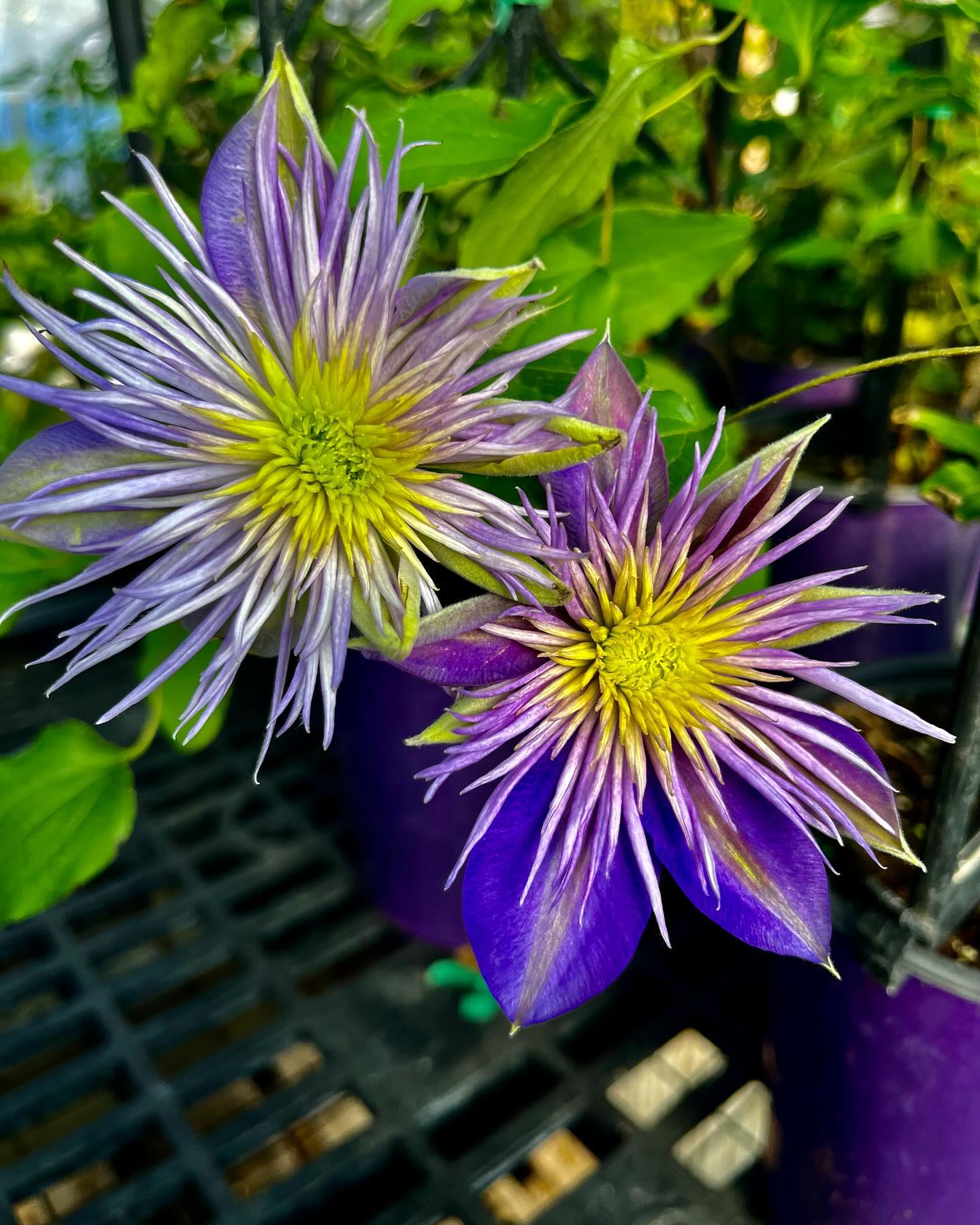
- Why It’s Dangerous: Contains irritant oils that can cause skin irritation and gastrointestinal upset if ingested.
- How Common Is It?: Popular ornamental climbing plant in gardens.
- What You Should Do If You Have It?: Handle with care to avoid skin irritation, and keep it away from children and pets.
24. Bittersweet Nightshade (Solanum dulcamara)
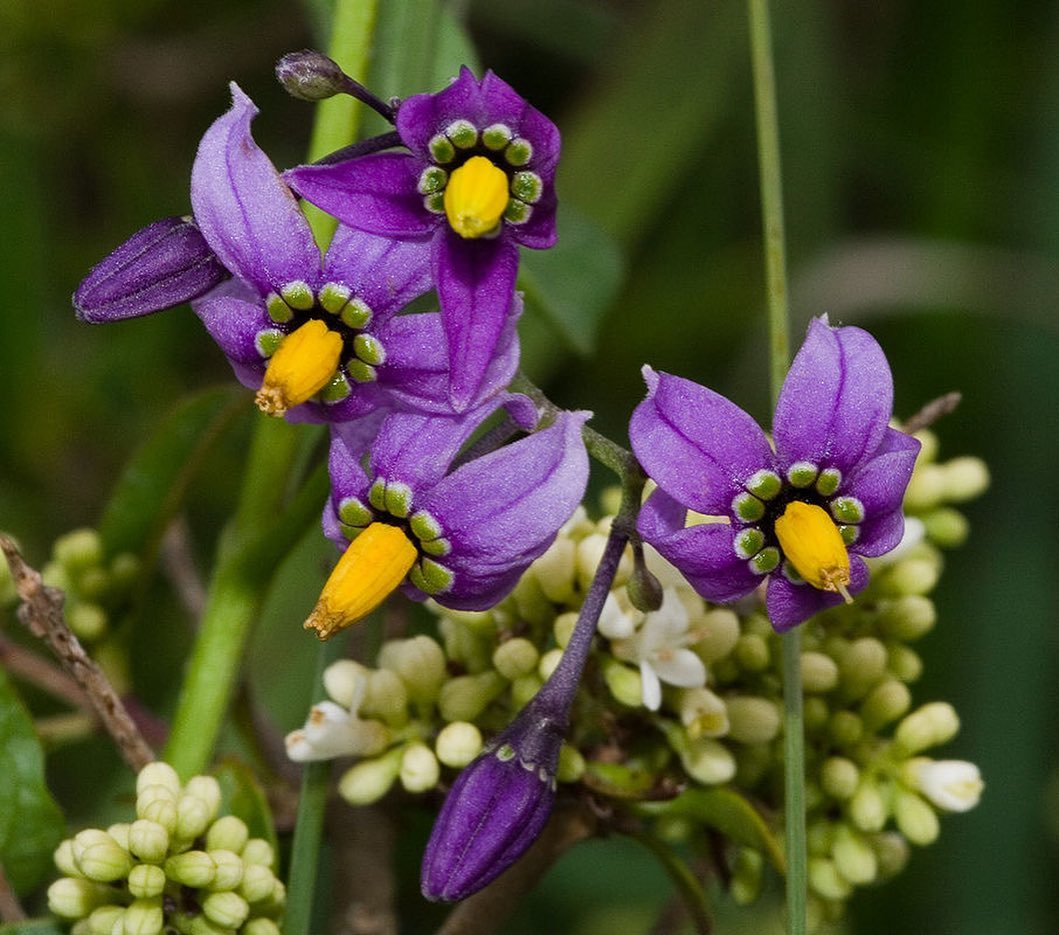
- Why It’s Dangerous: Contains solanine and glycoalkaloids that can cause gastrointestinal upset and neurological symptoms if ingested.
- How Common Is It?: Often found in wooded areas and may encroach into gardens.
- What You Should Do If You Have It?: Remove it to prevent accidental ingestion by children and pets.
25. Tulips and Daffodils (Tulipa spp. and Narcissus spp.)

- Why It’s Dangerous: The bulbs contain alkaloids that can cause nausea, vomiting, and diarrhea if ingested.
- How Common Is It?: Commonly planted in gardens for their flowers.
- What You Should Do If You Have It?: Be cautious, especially if you have pets that may dig up and ingest the bulbs.
26. English Ivy (Hedera helix)
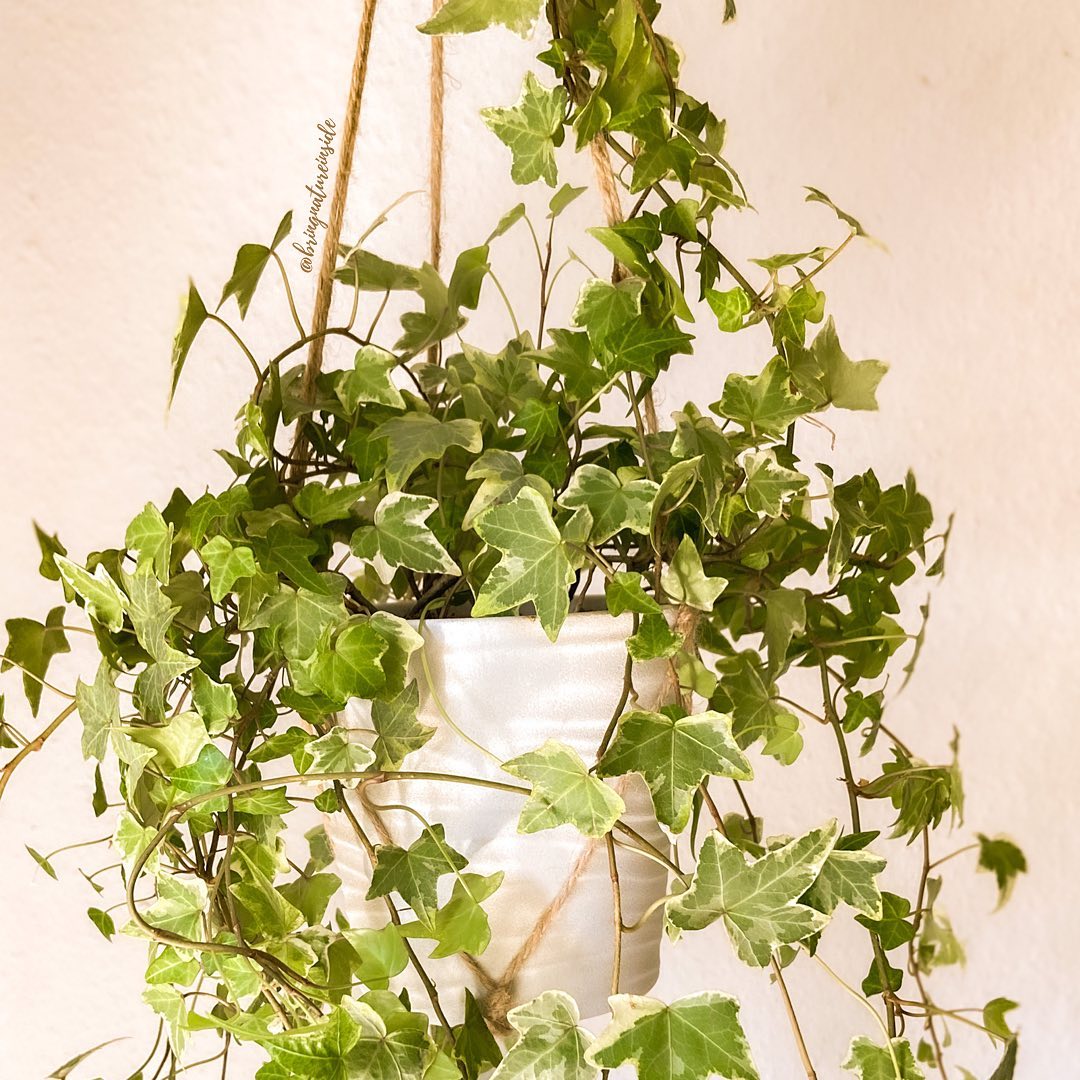
- Why It’s Dangerous: Contains triterpenoid saponins that can cause vomiting, abdominal pain, and diarrhea if ingested.
- How Common Is It?: Frequently used as a ground cover or climbing vine in gardens.
- What You Should Do If You Have It?: Keep it trimmed and away from areas accessible to pets and children.
27. Crown of Thorns (Euphorbia milii)
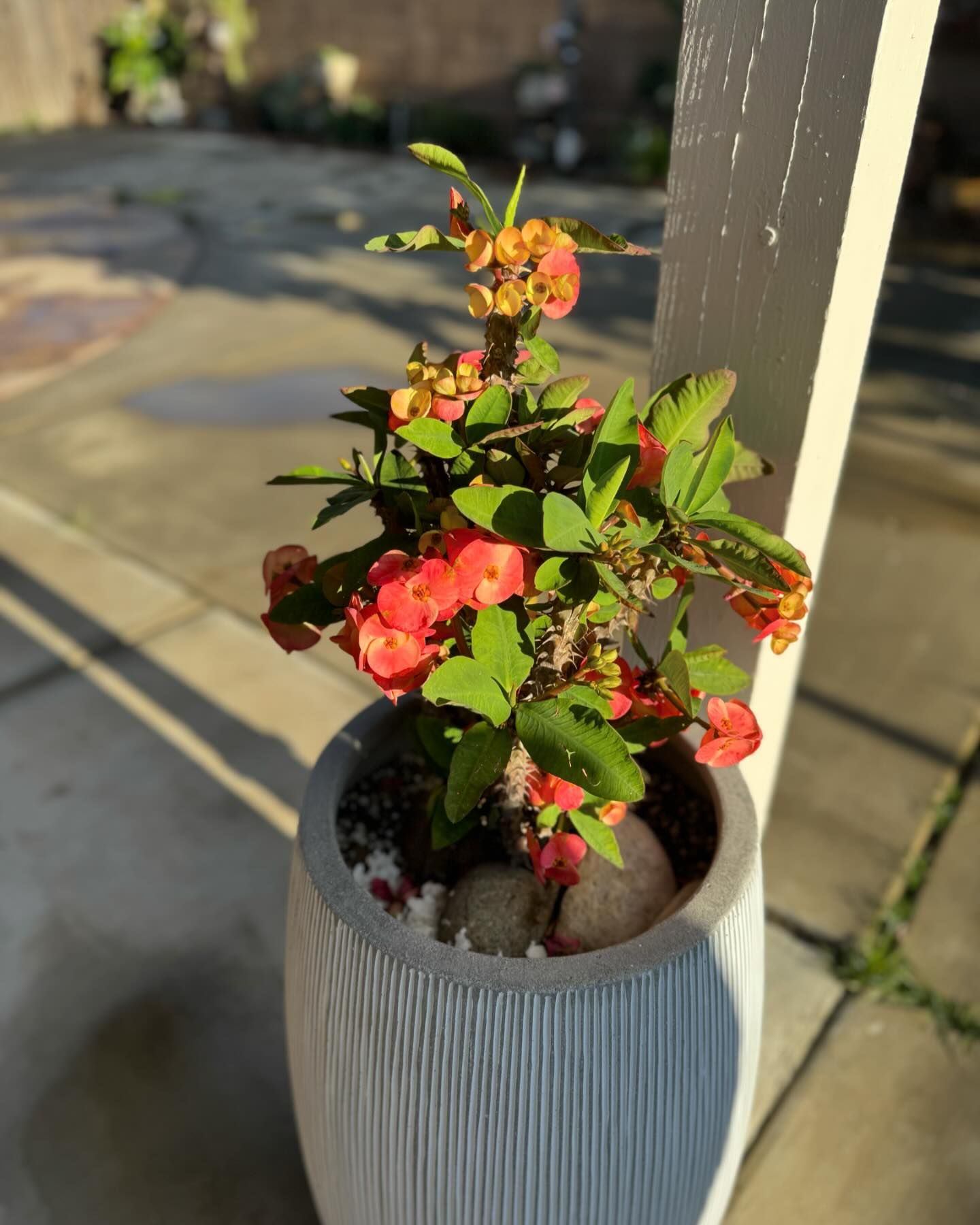
- Why It’s Dangerous: Contains a milky sap that can cause skin irritation and, if ingested, gastrointestinal upset.
- How Common Is It?: Popular houseplant and occasionally grown outdoors in warm climates.
- What You Should Do If You Have It?: Handle with gloves and wash hands thoroughly after handling. Keep out of reach of children and pets.
28. Foxglove Tree (Paulownia tomentosa)
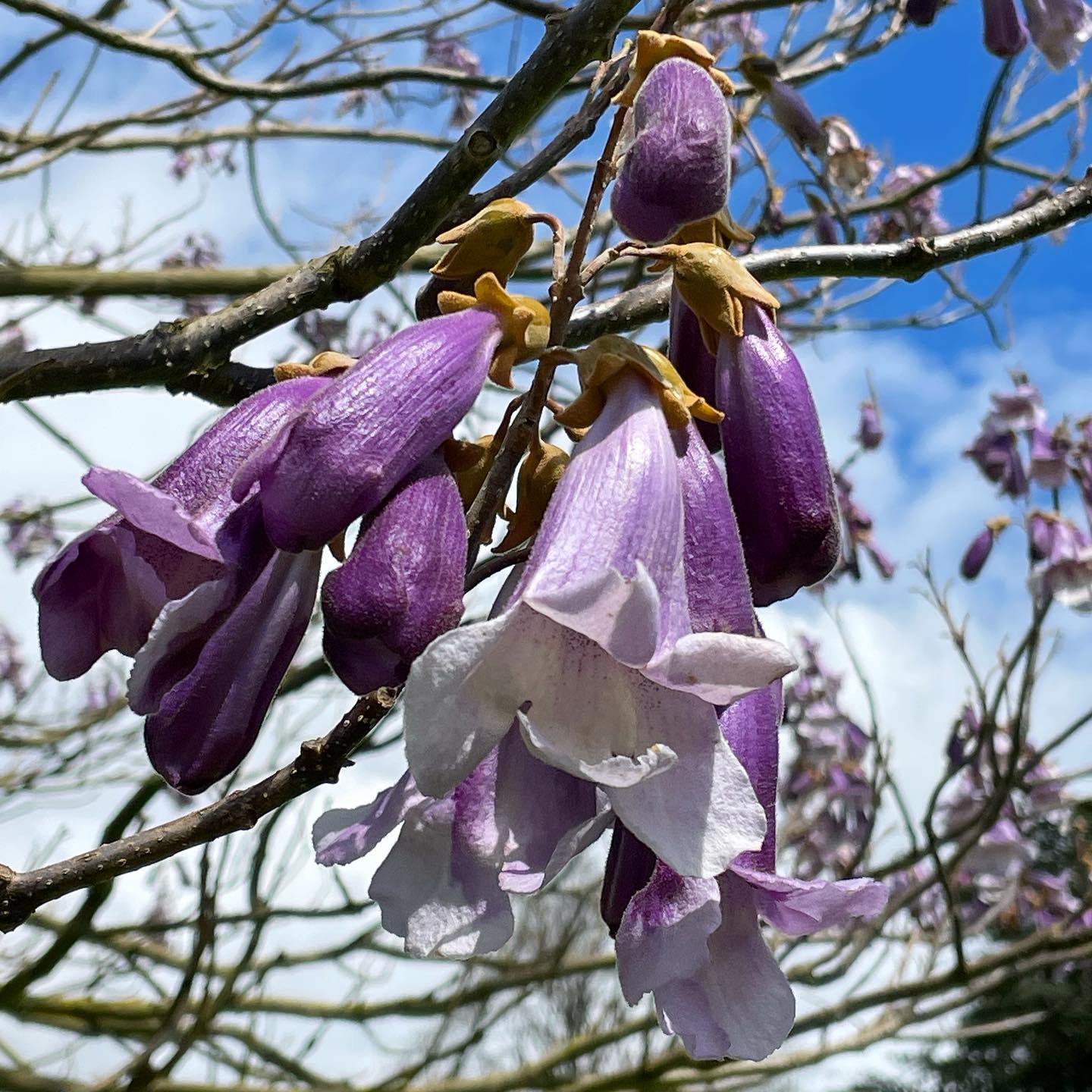
- Why It’s Dangerous: Contains cardiac glycosides similar to those found in foxglove plants, which can cause heart irregularities if ingested.
- How Common Is It?: Planted for its rapid growth and attractive flowers in some regions.
- What You Should Do If You Have It?: Consider removing it if you have children or pets.
29. Amaryllis (Hippeastrum spp.)
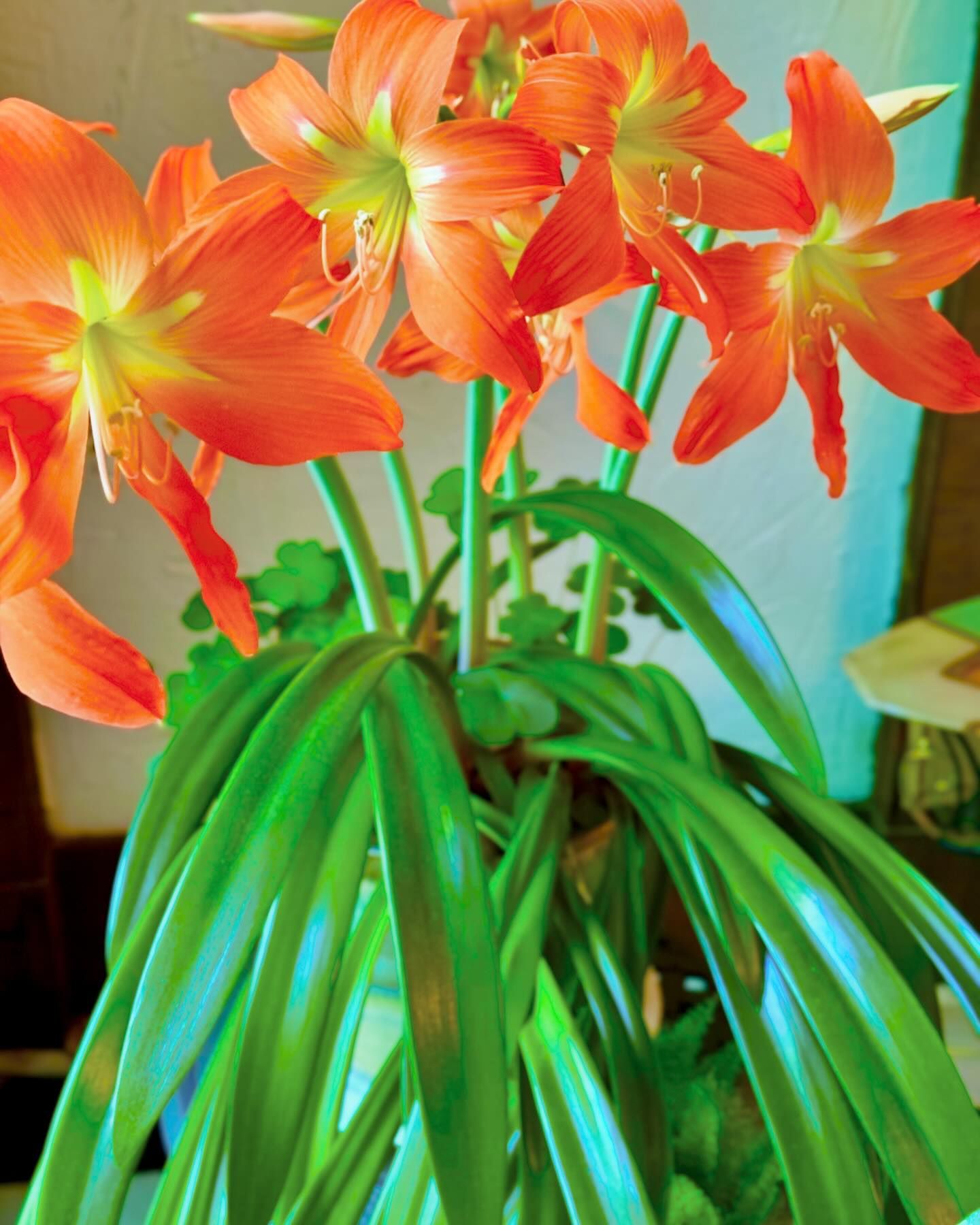
- Why It’s Dangerous: Contains alkaloids that can cause nausea, vomiting, and diarrhea if ingested.
- How Common Is It?: Popular ornamental plant, especially for indoor forcing.
- What You Should Do If You Have It?: Keep bulbs out of reach of children and pets, and consider disposing of them safely if you have concerns.
30. Jack-in-the-Pulpit (Arisaema spp.)
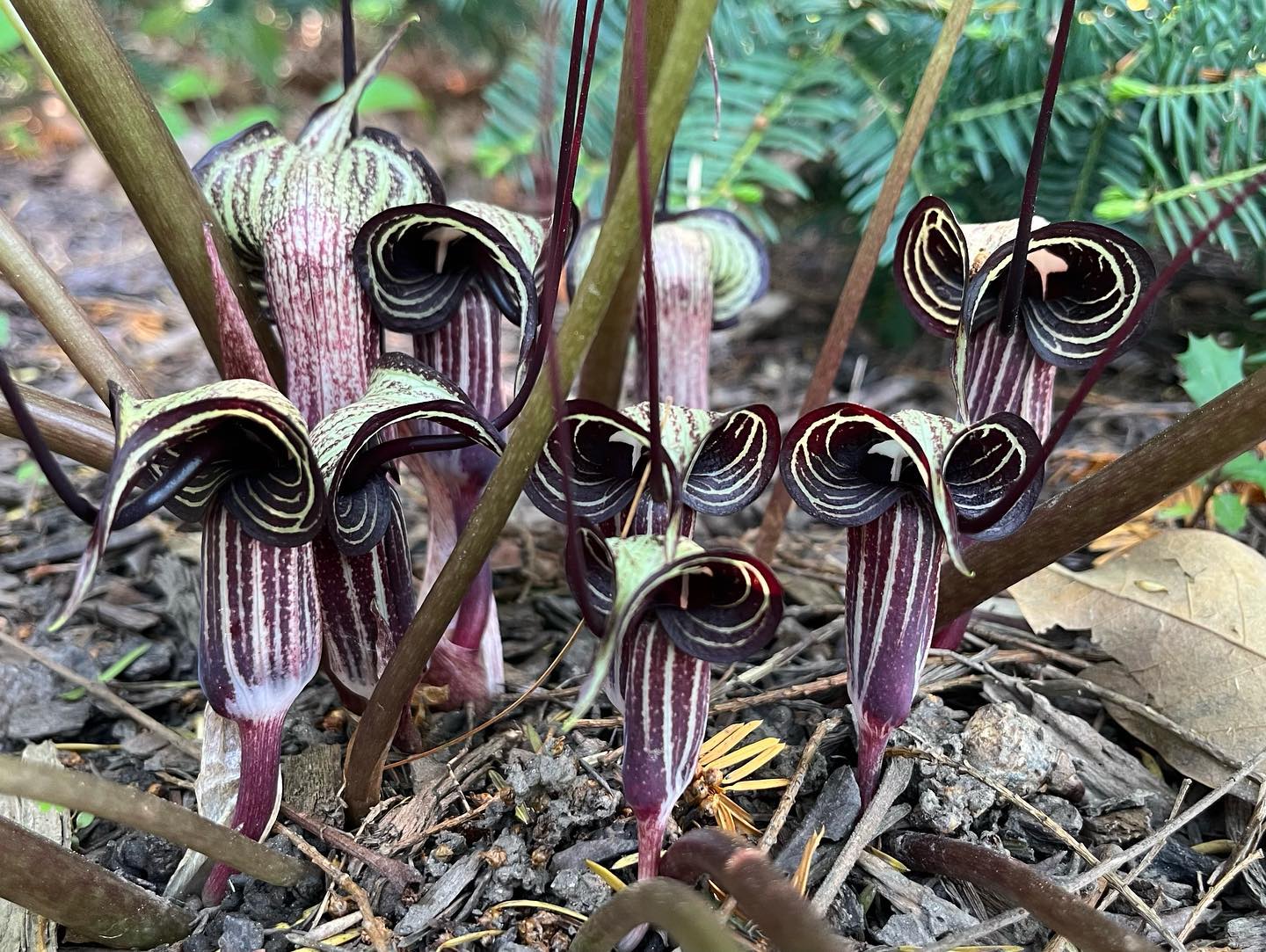
- Why It’s Dangerous: Contains calcium oxalate crystals that can cause intense burning and swelling if ingested.
- How Common Is It?: Native to wooded areas but may appear in gardens.
- What You Should Do If You Have It?: Exercise caution and wear gloves when handling, especially when dividing or transplanting.
31. Lily of the Valley (Convallaria majalis)
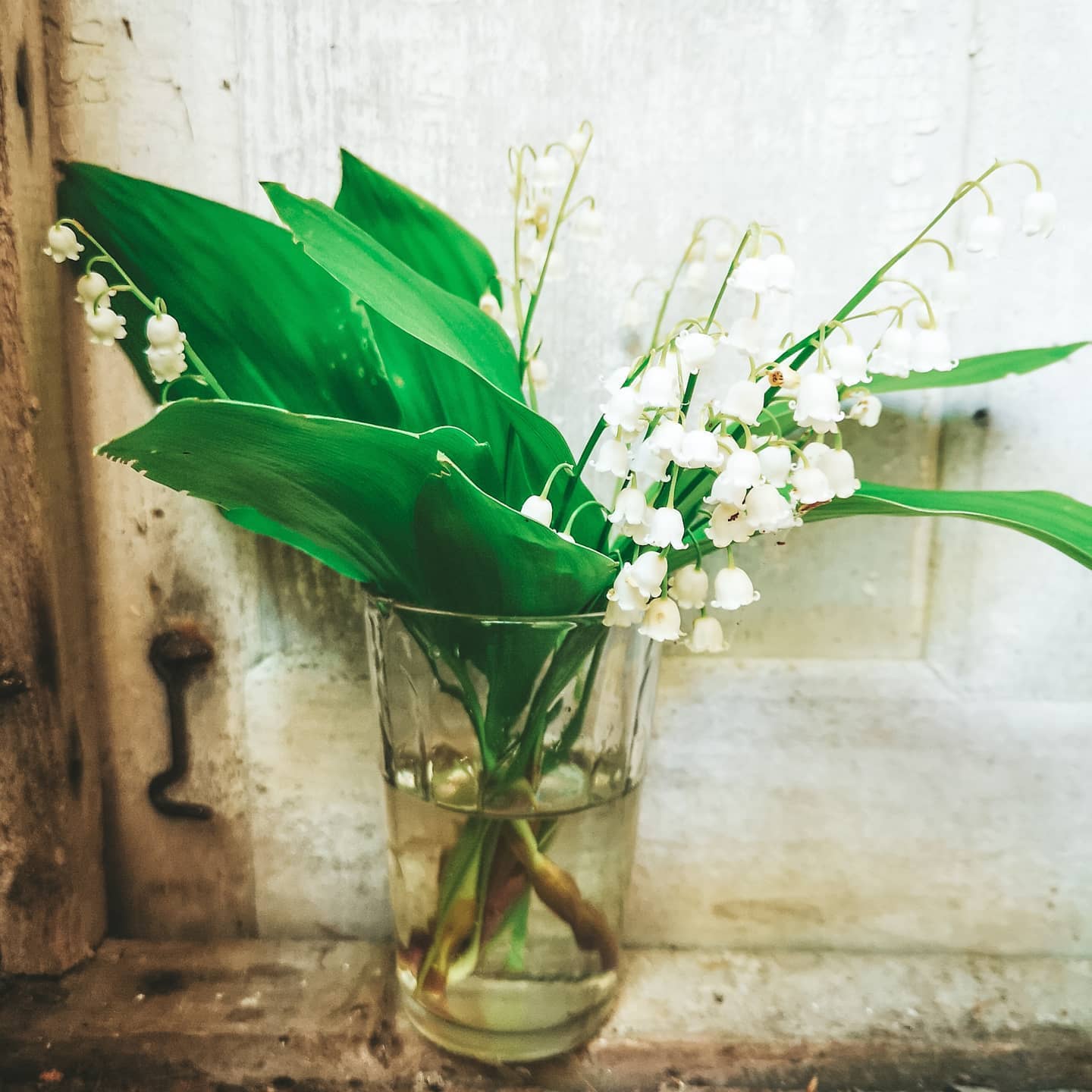
- Why It’s Dangerous: Contains cardiac glycosides that can cause irregular heart rhythms and, in large amounts, death.
- How Common Is It?: Popular garden plant for its fragrant flowers.
- What You Should Do If You Have It?: Consider removing it, especially if you have children or pets.
32. Periwinkle (Vinca spp.)
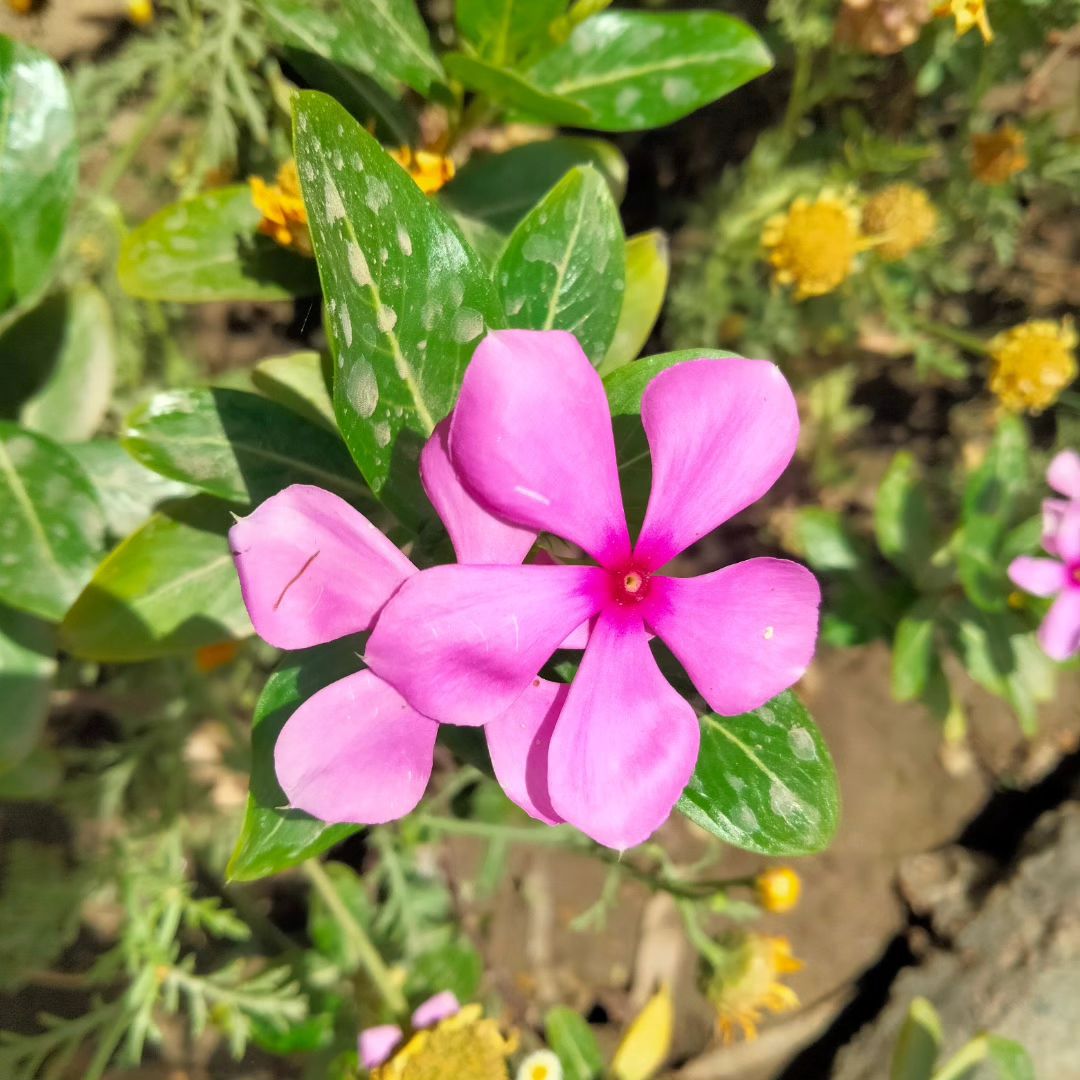
- Why It’s Dangerous: Contains alkaloids that can cause gastrointestinal upset if ingested.
- How Common Is It?: Often used as a ground cover in gardens.
- What You Should Do If You Have It?: Exercise caution, especially if you have pets that may be tempted to nibble on the leaves.
33. Daphne (Daphne spp.)
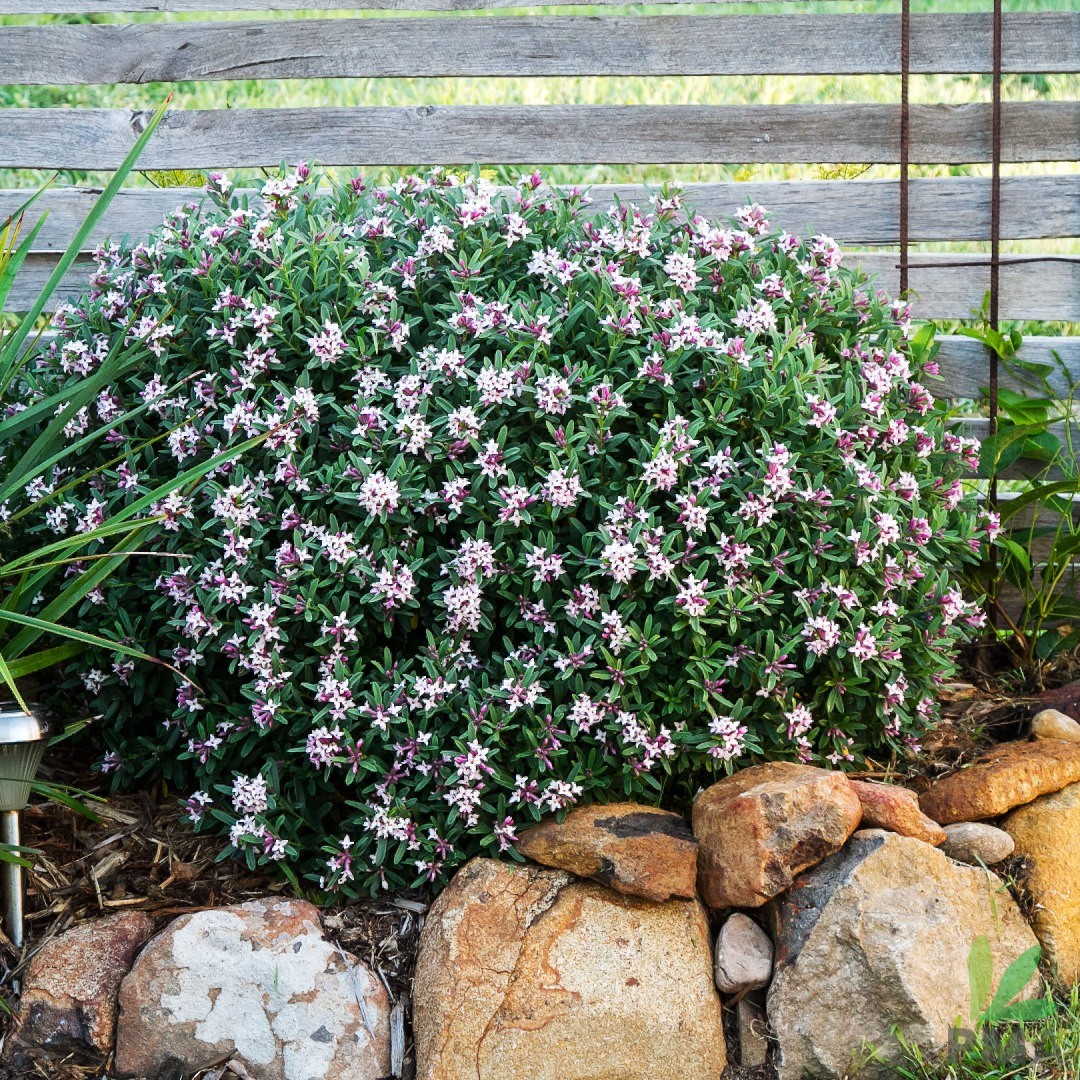
- Why It’s Dangerous: Contains toxins that can cause nausea, vomiting, and diarrhea if ingested.
- How Common Is It?: Grown for its fragrant flowers and evergreen foliage in gardens.
- What You Should Do If You Have It?: Consider removing it, especially if you have children or pets who may come into contact with it.
34. Yellow Jasmine (Gelsemium sempervirens)
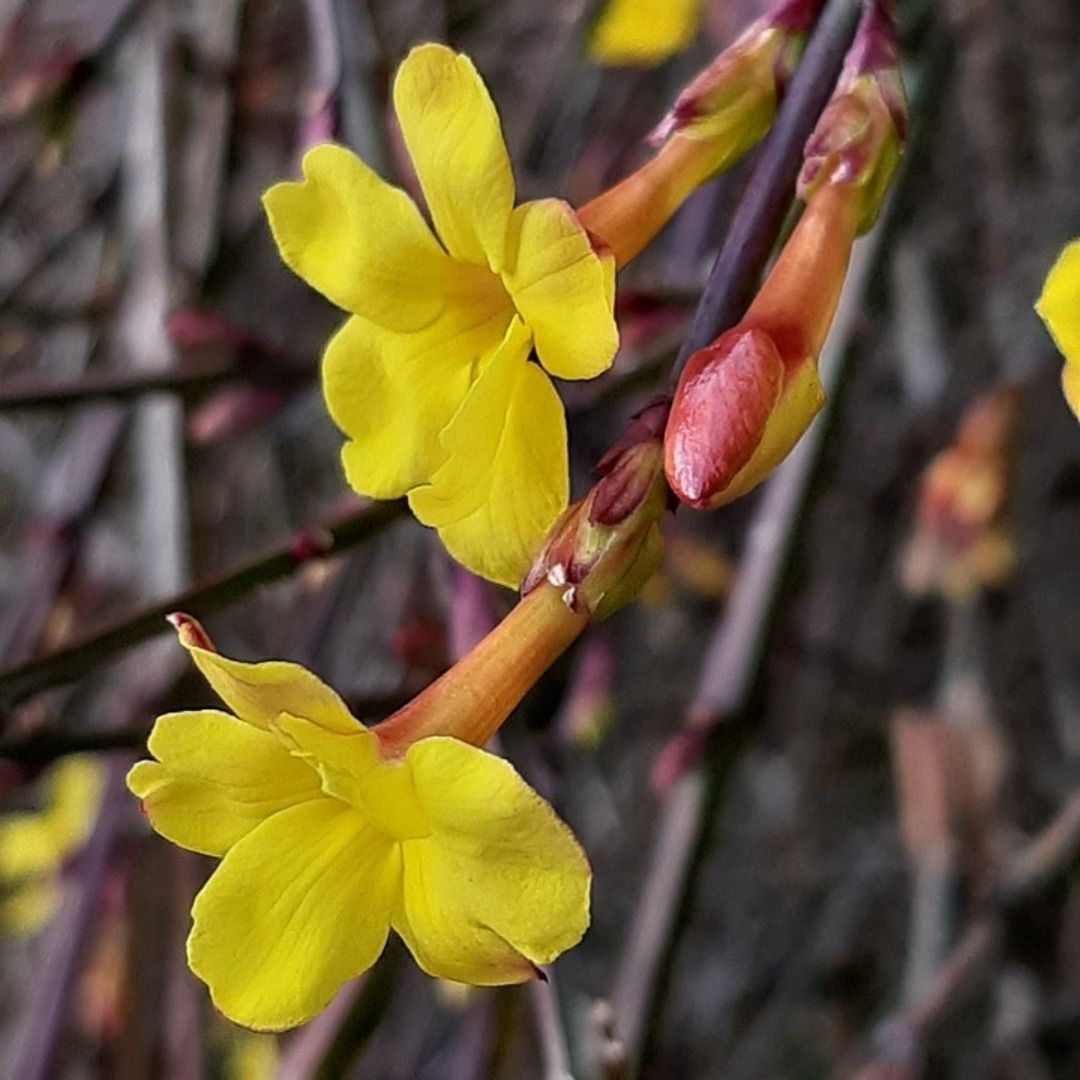
- Why It’s Dangerous: Contains alkaloids that can cause paralysis and respiratory failure if ingested.
- How Common Is It?: Cultivated for its fragrant yellow flowers in gardens.
- What You Should Do If You Have It?: Remove it, especially if you have children or pets who may be attracted to its flowers.
35. Four O’Clocks (Mirabilis jalapa)
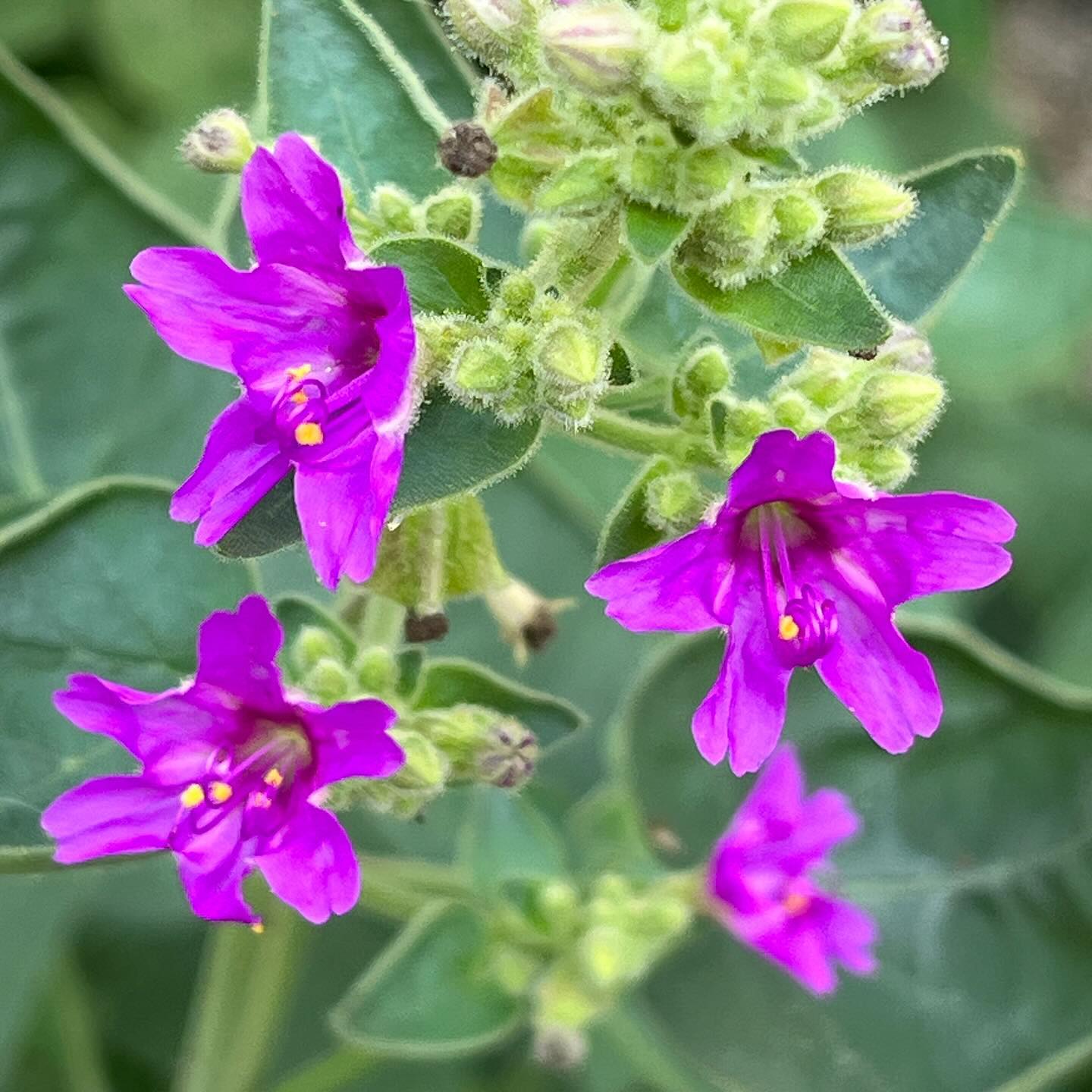
- Why It’s Dangerous: Contains toxic alkaloids that can cause nausea, vomiting, and diarrhea if ingested.
- How Common Is It?: Often grown for its colorful flowers in gardens.
- What You Should Do If You Have It?: Consider removing it, especially if you have children or pets who may ingest the seeds or tubers.
36. Lily (Lilium spp.)
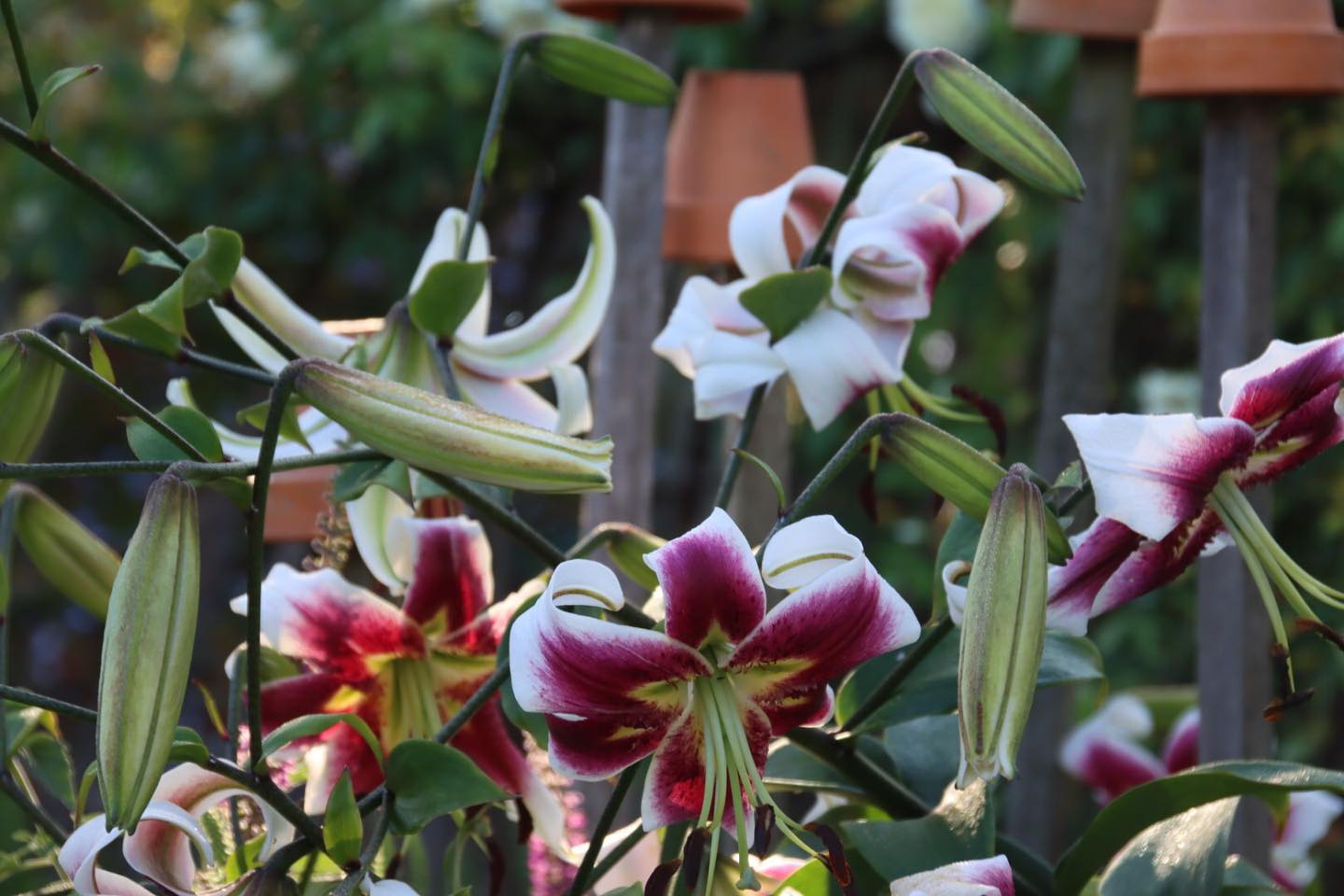
- Why It’s Dangerous: Certain species contain toxins that can cause kidney failure in cats, and mild gastrointestinal upset in humans if ingested.
- How Common Is It?: Widely cultivated for their beautiful flowers.
- What You Should Do If You Have It?: Be cautious if you have cats, as ingestion of any part of the plant can be lethal to them.
37. Elephant Ear (Colocasia spp. and Alocasia spp.)
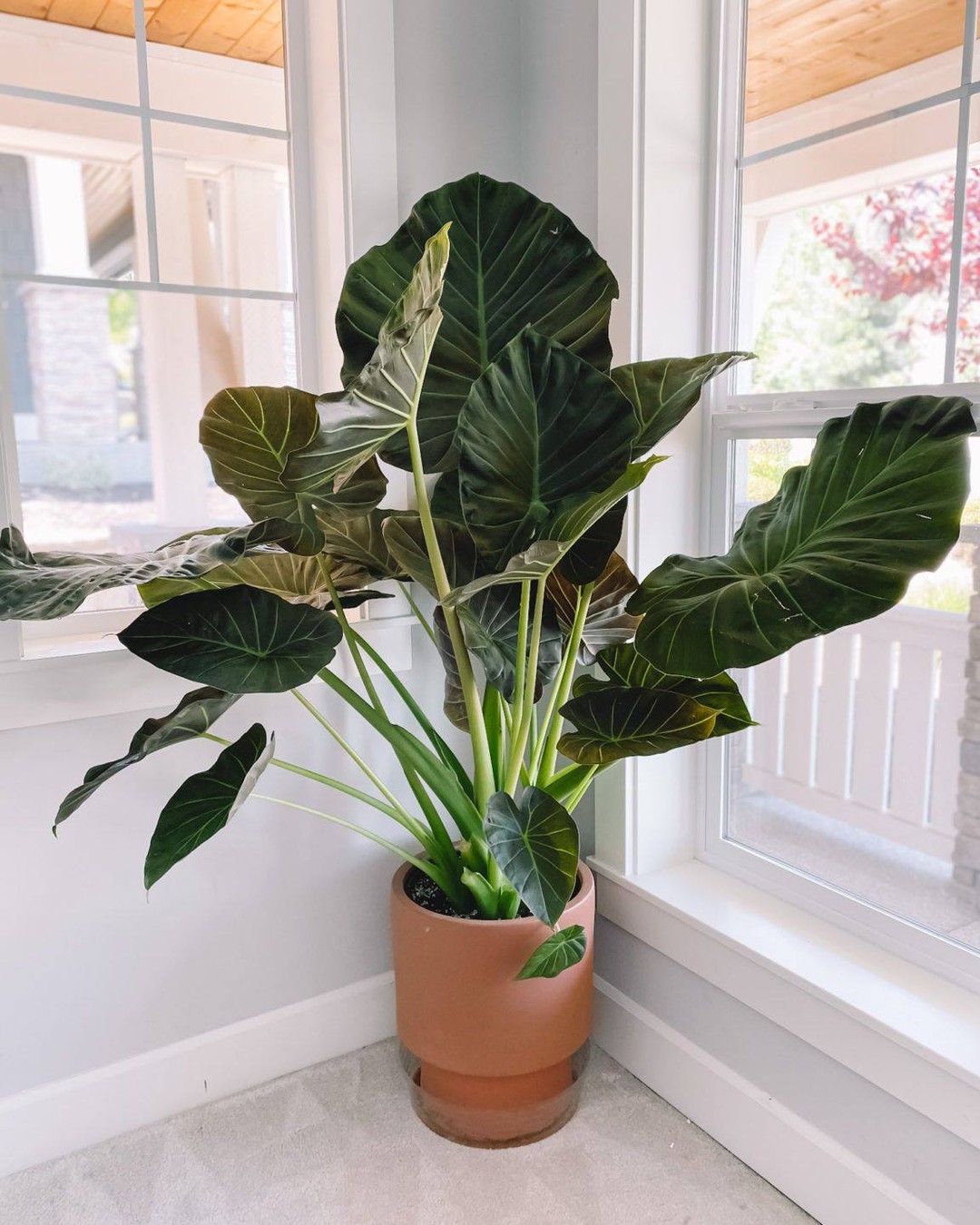
- Why It’s Dangerous: Contains calcium oxalate crystals that can cause intense burning and swelling if ingested.
- How Common Is It?: Popular ornamental plant in gardens and indoor spaces.
- What You Should Do If You Have It?: Keep it out of reach of children and pets, and handle with gloves to avoid skin irritation.
38. Cassava (Manihot esculenta)
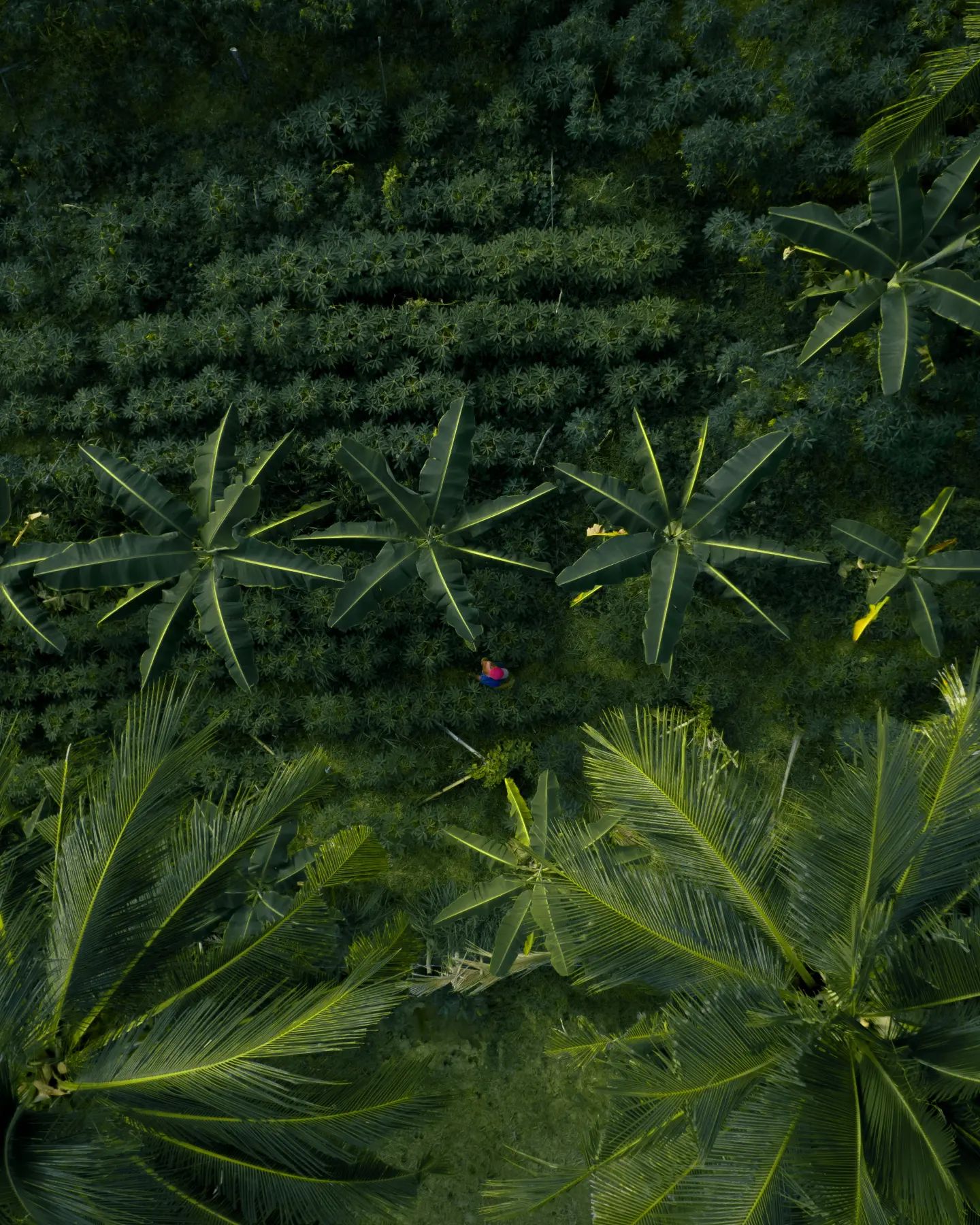
- Why It’s Dangerous: Contains cyanogenic glycosides that can cause cyanide poisoning if ingested raw or improperly processed.
- How Common Is It?: Cultivated for its starchy tuber in tropical regions.
- What You Should Do If You Have It?: Ensure thorough cooking before consumption, and educate others about proper preparation methods.
39. Cherry Laurel (Prunus laurocerasus)
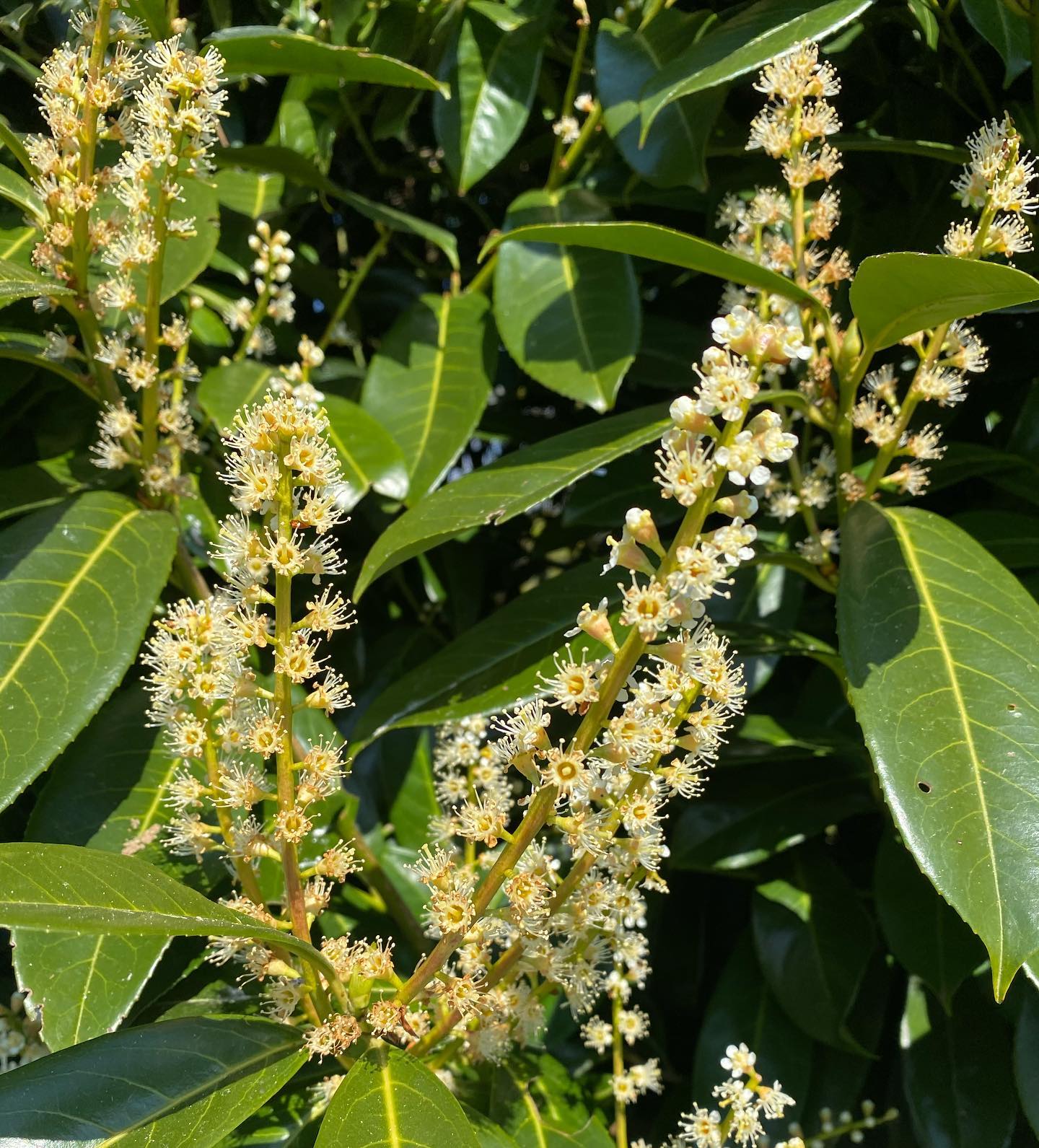
- Why It’s Dangerous: Contains cyanogenic glycosides that can cause cyanide poisoning if ingested.
- How Common Is It?: Frequently used as a hedge or ornamental shrub.
- What You Should Do If You Have It?: Be cautious, especially if you have children or pets who may be attracted to the berries.
40. Mistletoe (Viscum album)
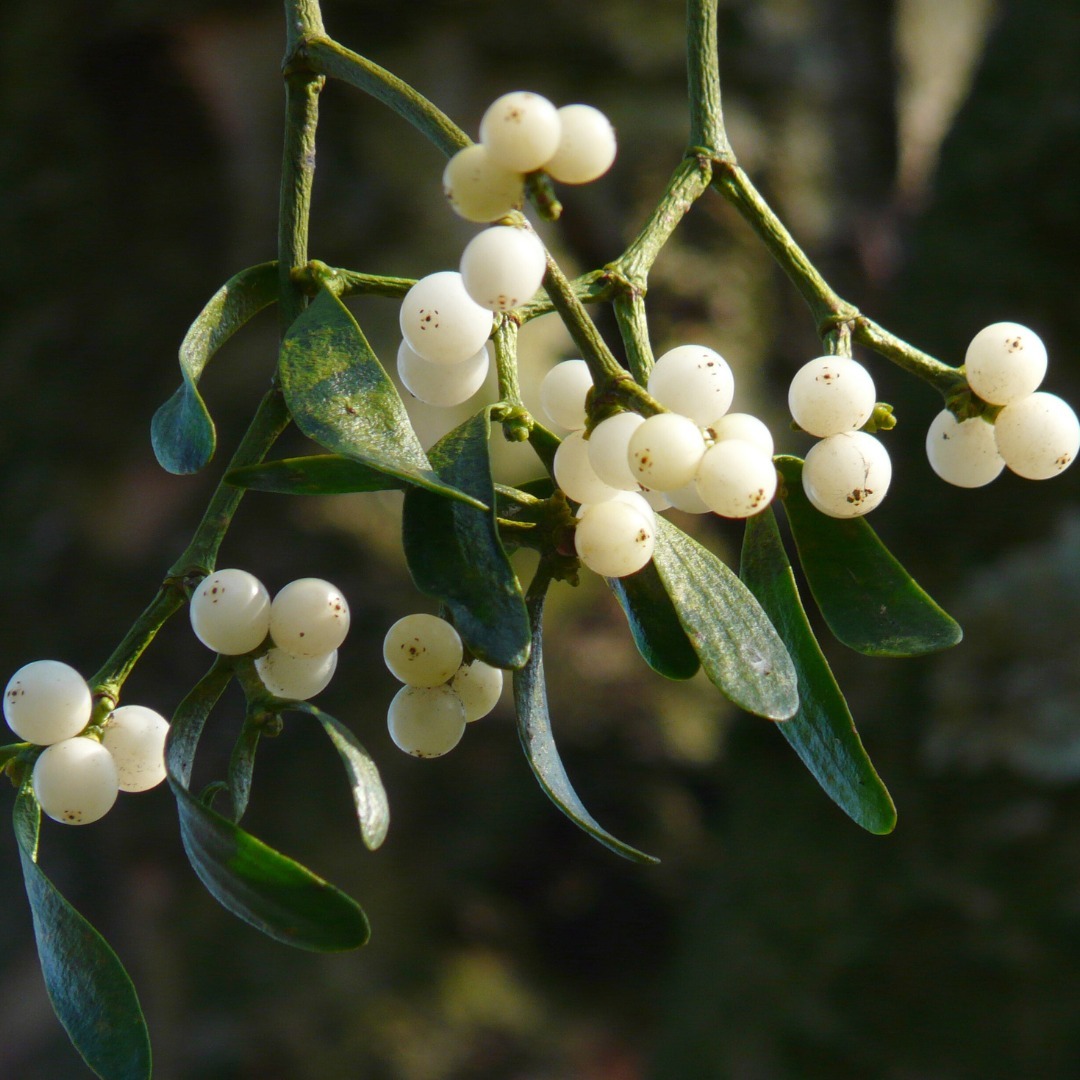
- Why It’s Dangerous: Berries contain toxins that can cause gastrointestinal upset if ingested.
- How Common Is It?: Often used as a traditional holiday decoration.
- What You Should Do If You Have It?: Keep it out of reach of children and pets, and consider using artificial mistletoe instead.
41. Sago Palm (Cycas revoluta)
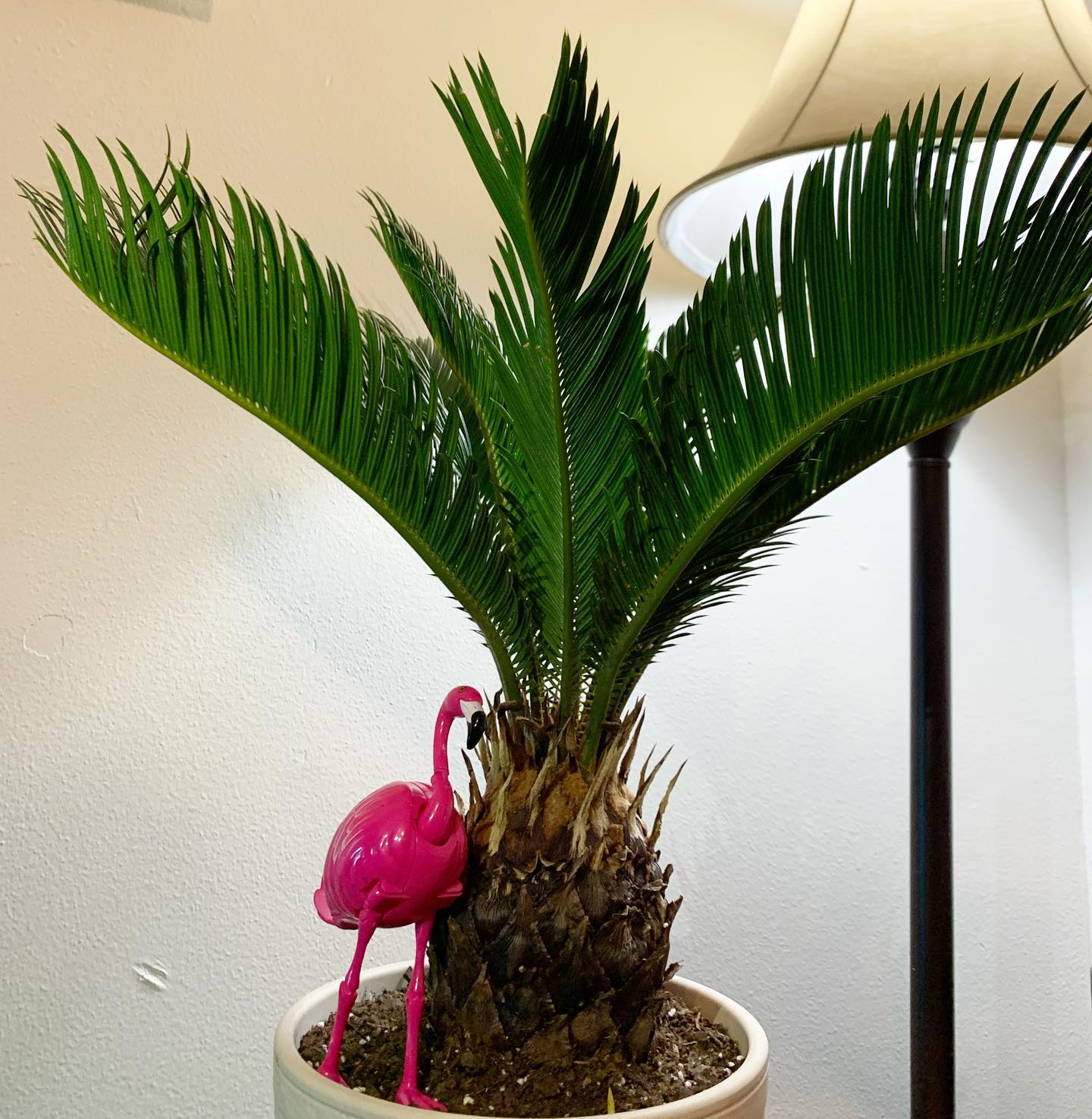
- Why It’s Dangerous: Contains cycasin, a toxin that can cause liver failure if ingested.
- How Common Is It?: Popular ornamental plant in gardens and indoor spaces.
- What You Should Do If You Have It?: Keep it out of reach of children and pets, and be cautious when handling.
42. Bracken Fern (Pteridium aquilinum)
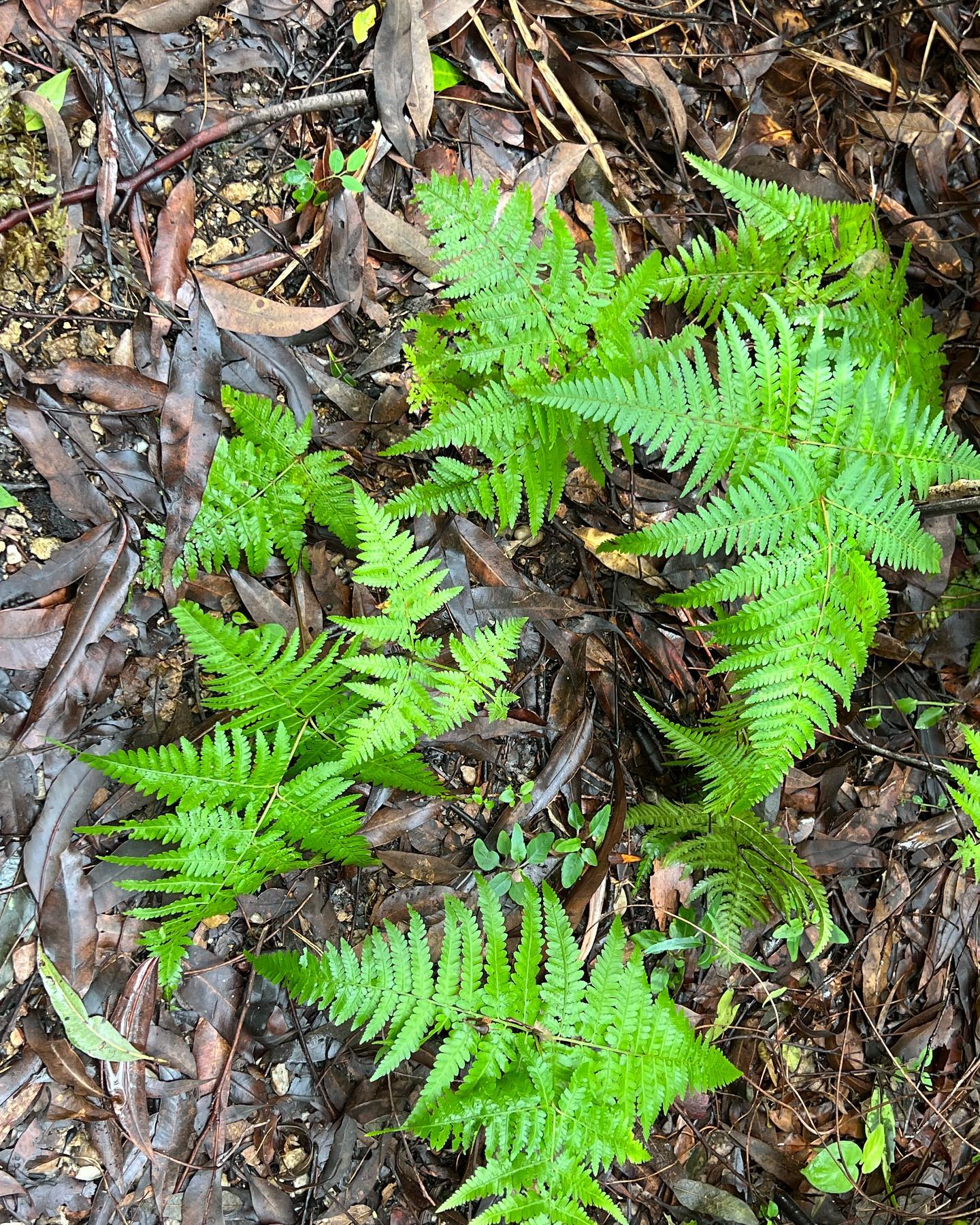
- Why It’s Dangerous: Contains carcinogens and thiaminase enzymes that can cause gastrointestinal upset and thiamine deficiency if ingested.
- How Common Is It?: Often found in wooded areas and disturbed landscapes.
- What You Should Do If You Have It?: Remove it to prevent accidental ingestion by livestock or pets.
43. Cicada Tree (Neolamarckia cadamba)
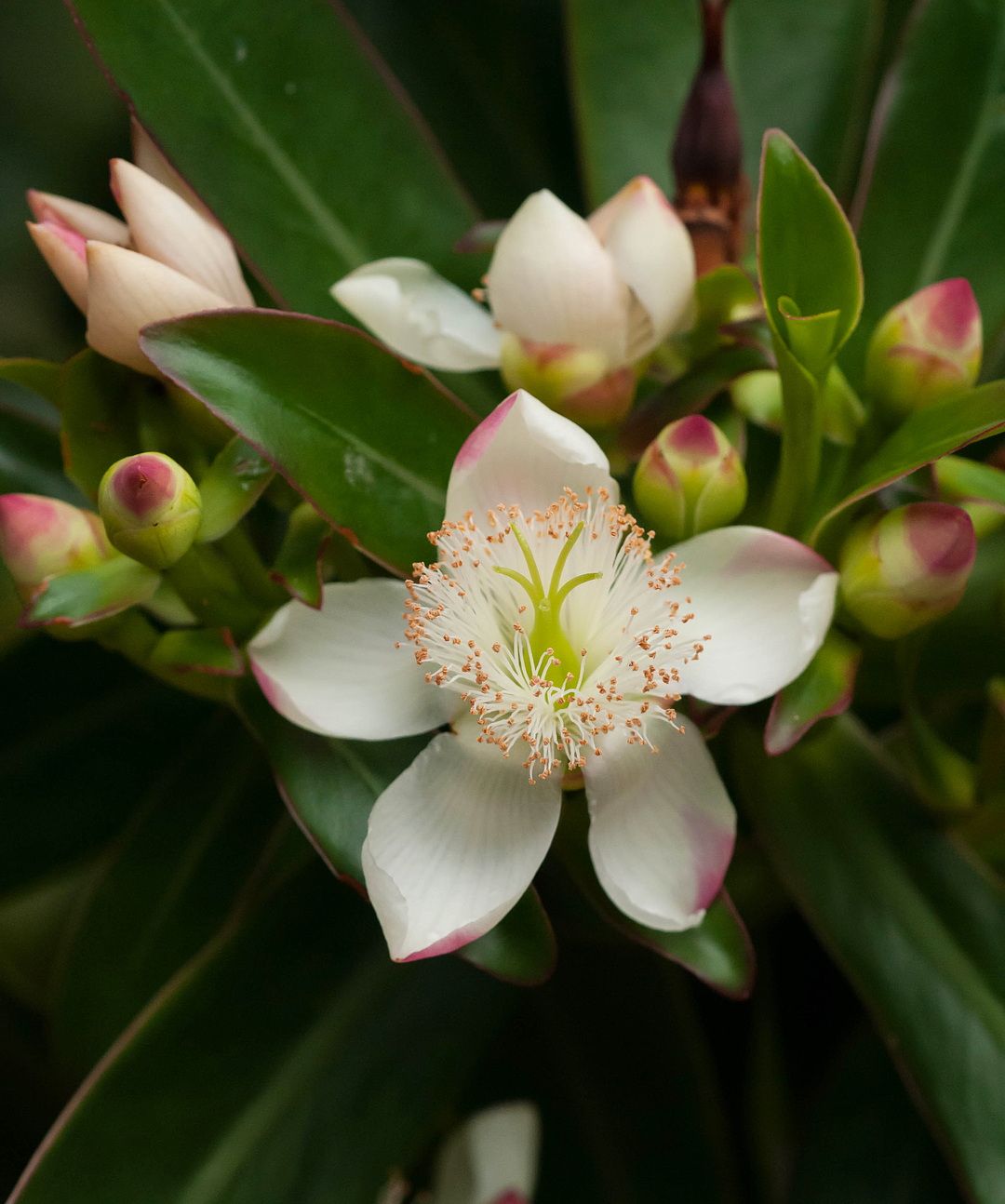
- Why It’s Dangerous: Contains alkaloids that can cause respiratory paralysis if ingested.
- How Common Is It?: Native to Southeast Asia but cultivated in tropical regions worldwide.
- What You Should Do If You Have It?: Remove it if possible, especially if you have children or pets.
44. Autumn Crocus (Colchicum autumnale)
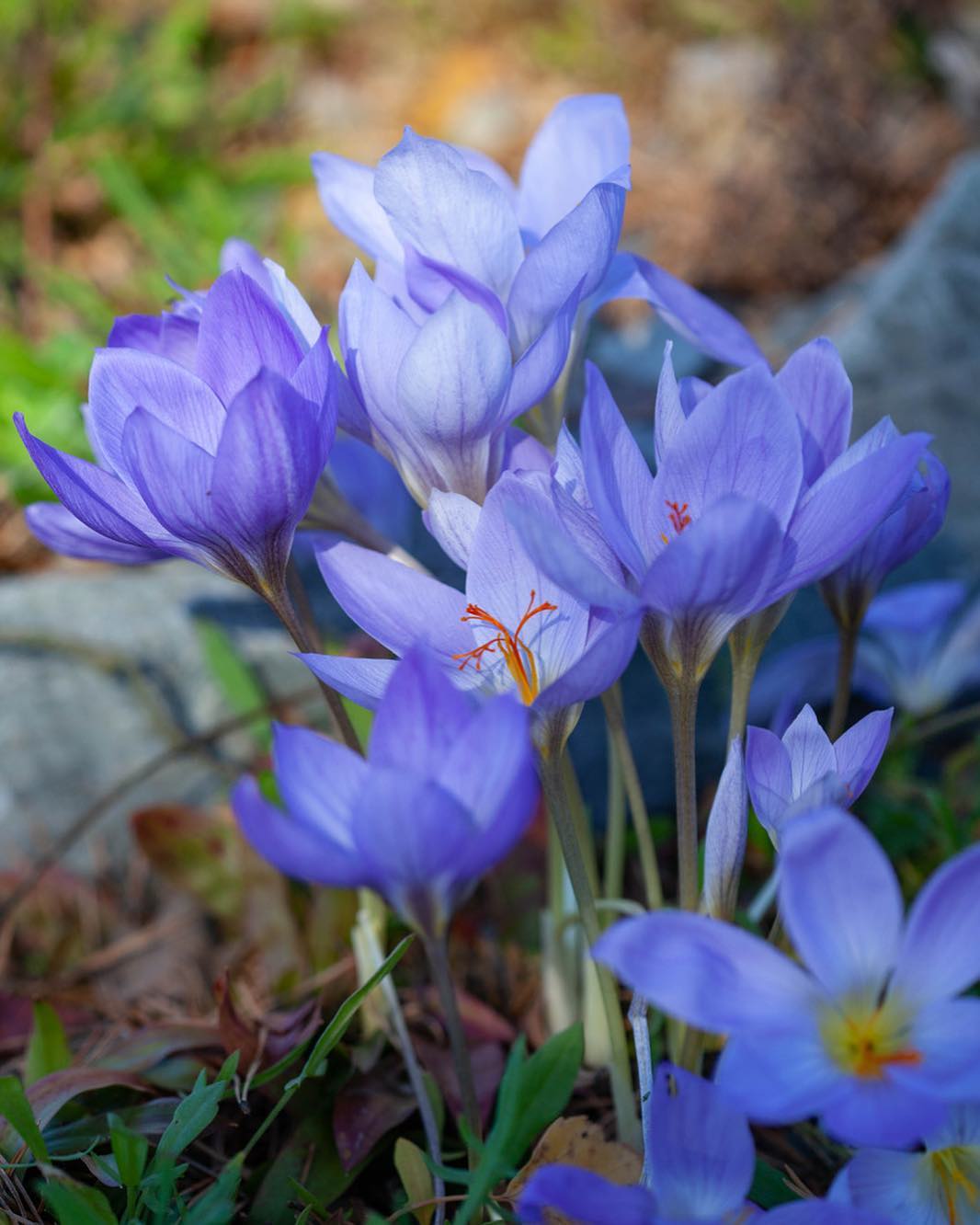
- Why It’s Dangerous: Contains colchicine, a toxin that can cause gastrointestinal upset, organ failure, and death if ingested.
- How Common Is It?: Grown for its autumn blooms in gardens.
- What You Should Do If You Have It?: Remove it, especially if you have children or pets who may be tempted by the flowers.
45. Oleander Sage (Salvia officinalis)
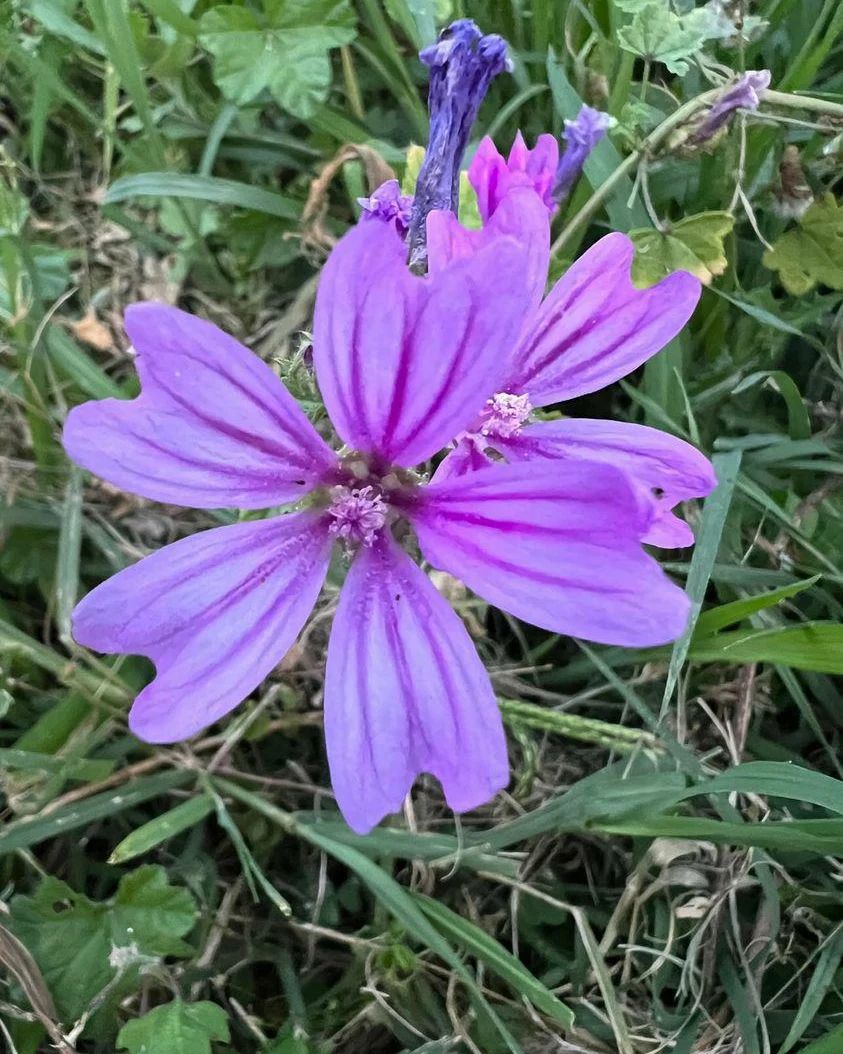
- Why It’s Dangerous: Contains thujone, a toxin that can cause seizures and organ damage if ingested in large amounts.
- How Common Is It?: Cultivated as a culinary herb and ornamental plant.
- What You Should Do If You Have It?: Use it sparingly in cooking, and keep it out of reach of children and pets.
46. Euphorbia (Euphorbia spp.)
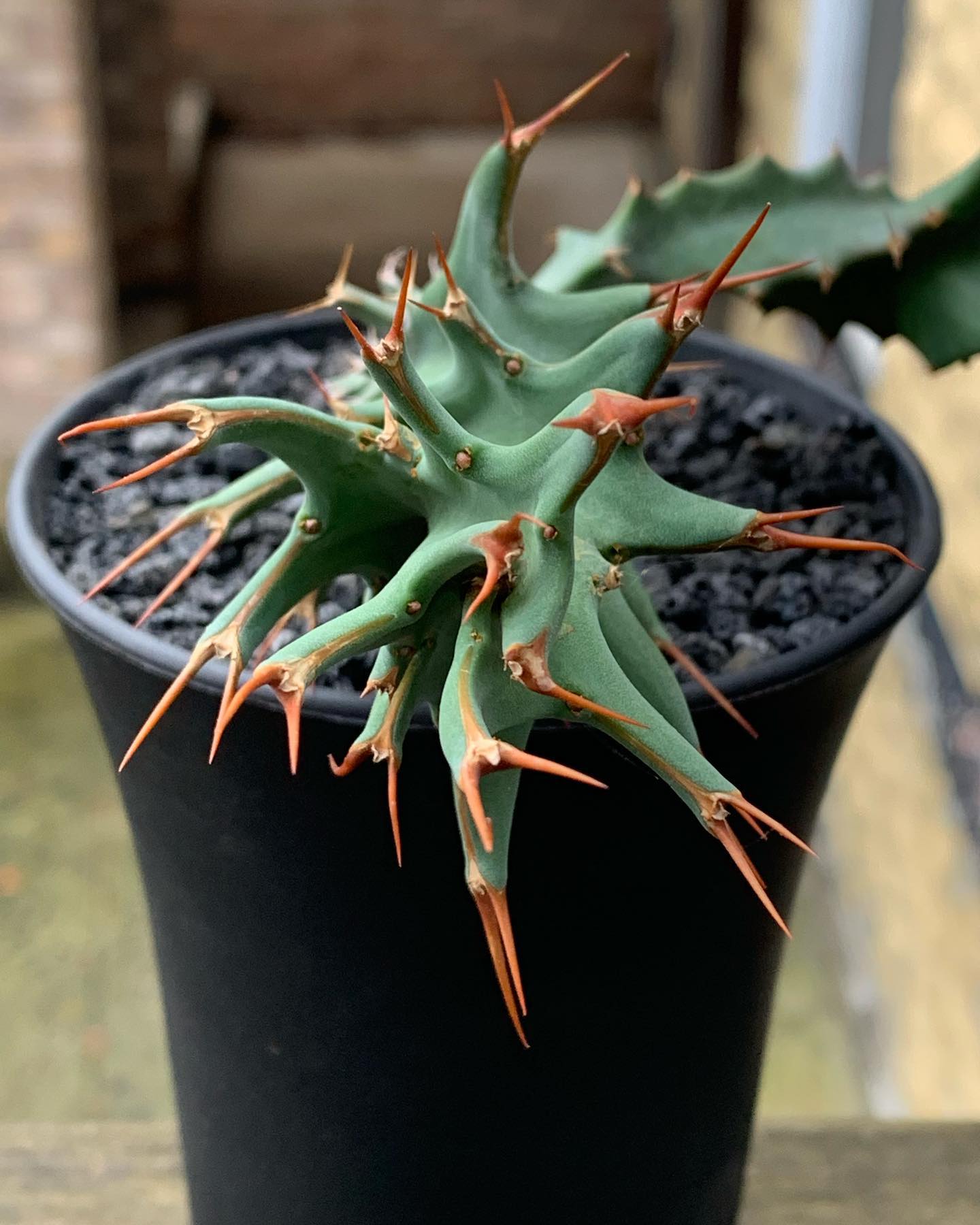
- Why It’s Dangerous: Contains a milky sap that can cause skin irritation and, if ingested, gastrointestinal upset.
- How Common Is It?: Various species are cultivated as ornamental plants in gardens.
- What You Should Do If You Have It?: Handle with gloves and wash hands thoroughly after handling. Keep out of reach of children and pets.
47. Mayapple (Podophyllum peltatum)
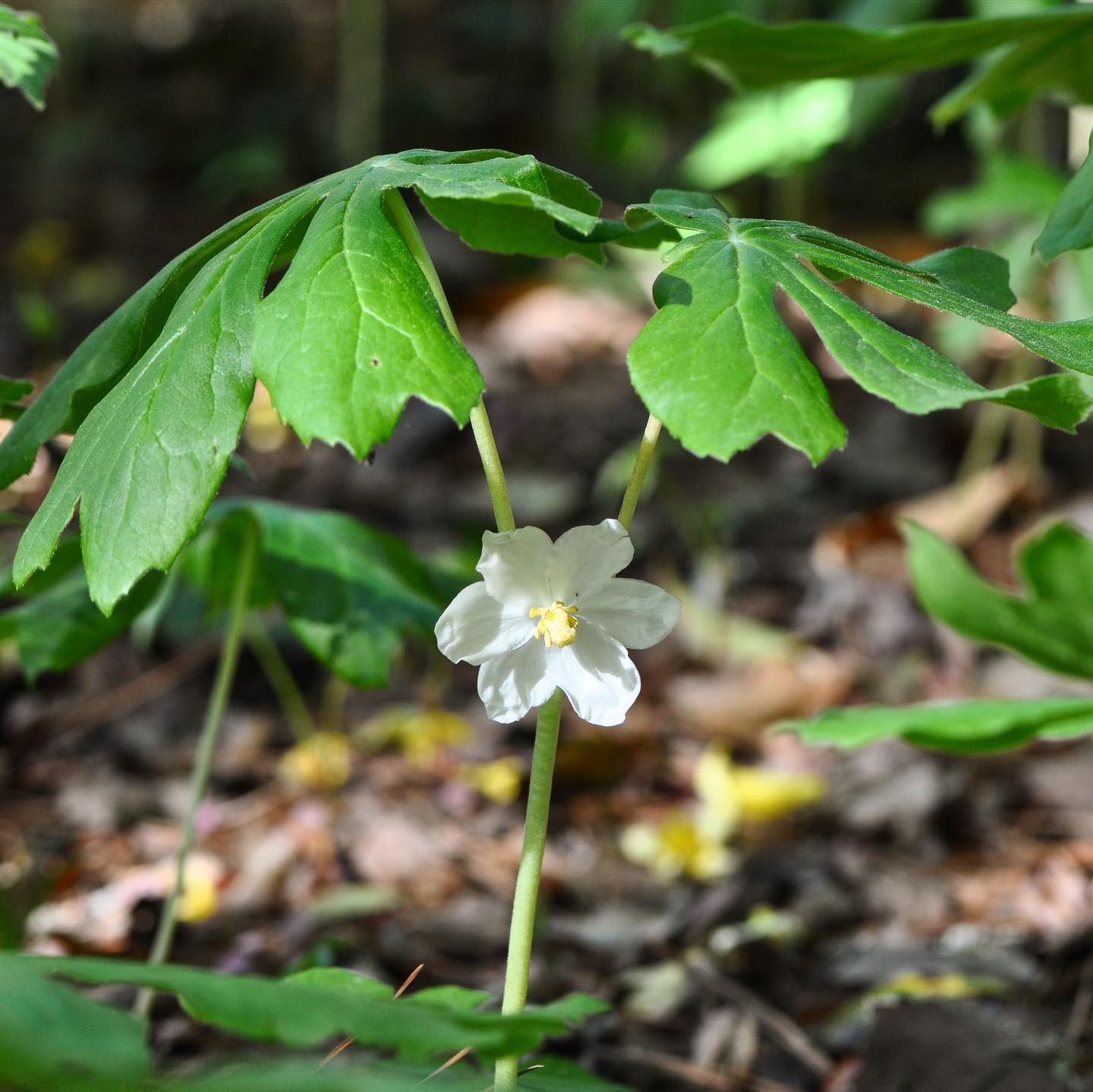
- Why It’s Dangerous: Contains toxic compounds that can cause nausea, vomiting, and diarrhea if ingested.
- How Common Is It?: Found in wooded areas and shady gardens.
- What You Should Do If You Have It?: Remove it, especially if you have children or pets who may be tempted by the fruit.
48. Jimson Weed (Datura spp.)
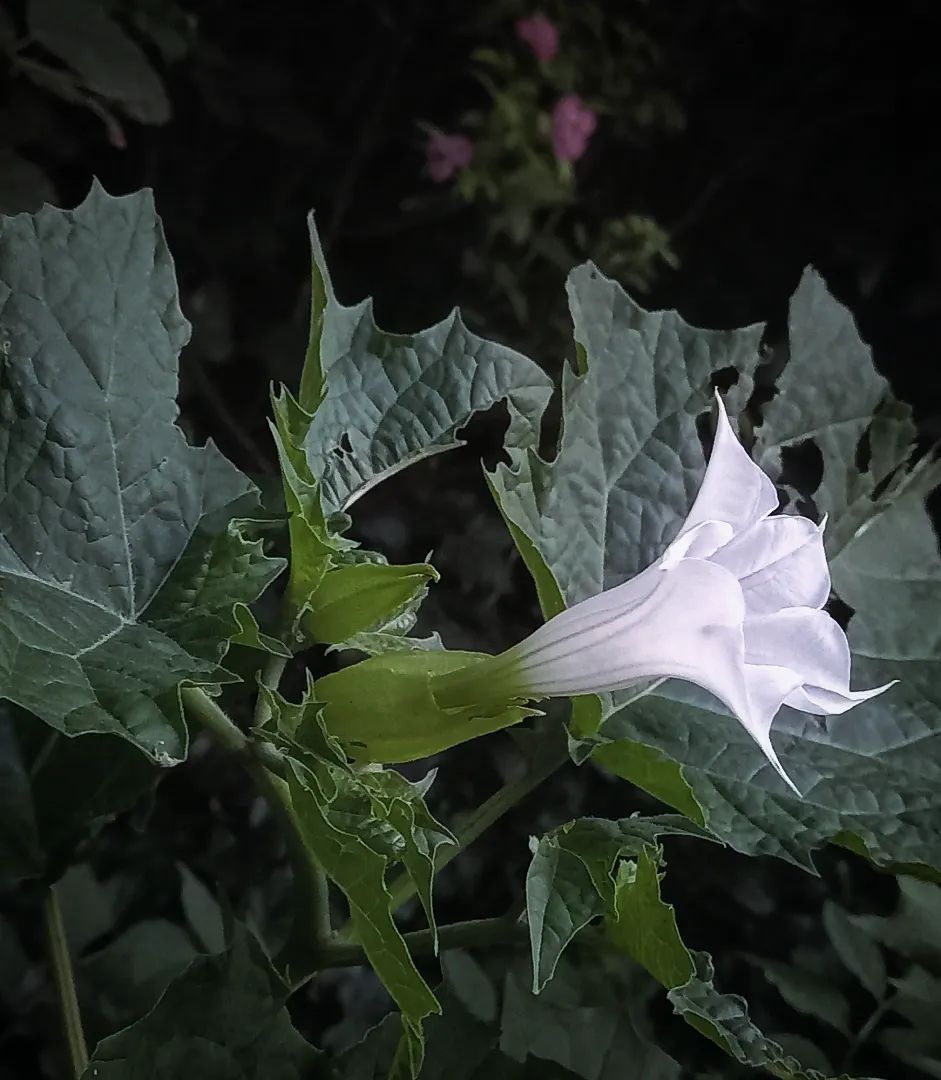
- Why It’s Dangerous: Contains tropane alkaloids that can cause hallucinations, seizures, and death.
- How Common Is It?: Often grows as a weed in disturbed areas.
- What You Should Do If You Have It?: Remove it carefully, ensuring not to touch your face or eyes after handling.
49. Henbane (Hyoscyamus niger)
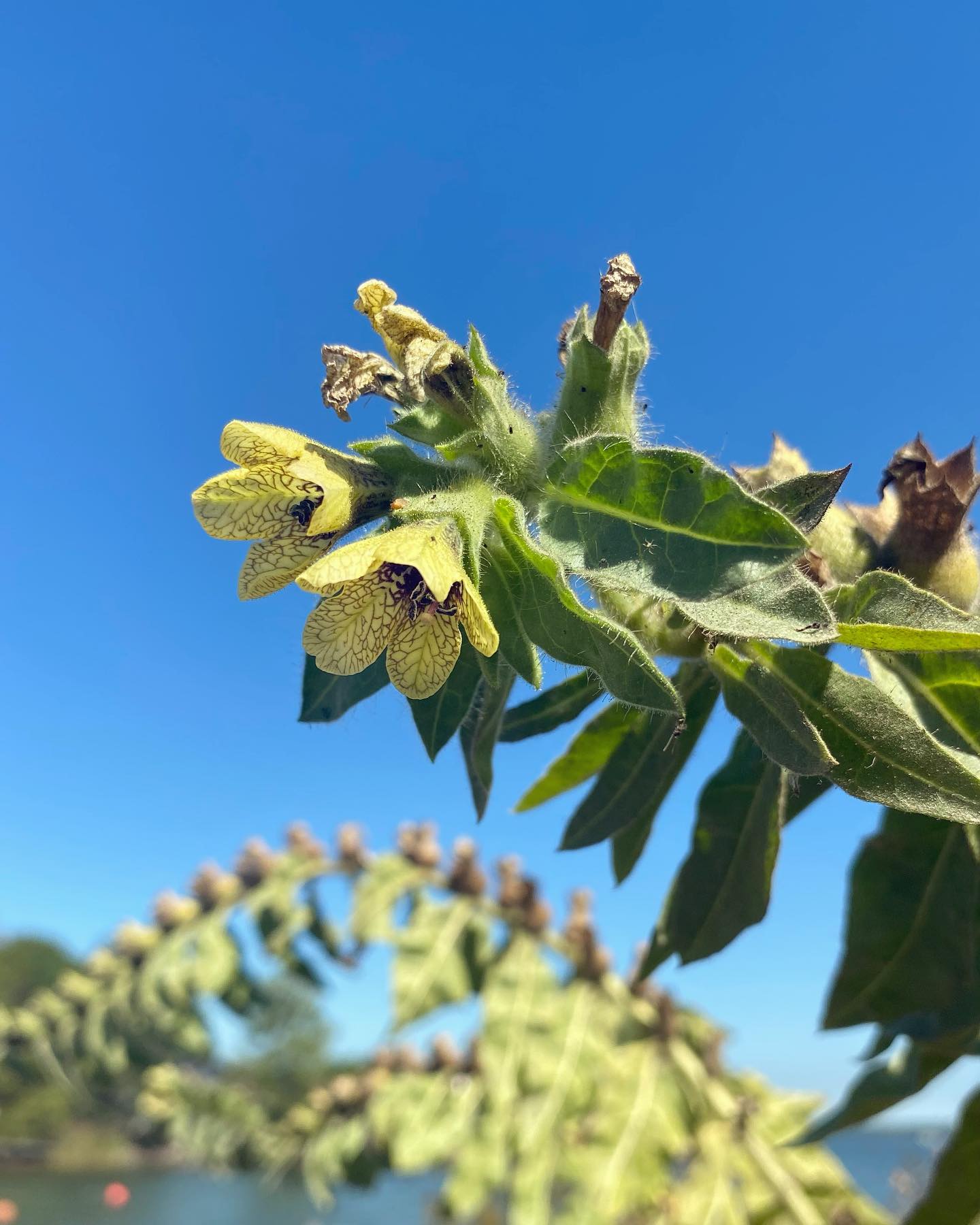
- Why It’s Dangerous: Contains tropane alkaloids that can cause hallucinations, paralysis, and death.
- How Common Is It?: Rarely cultivated but may grow as a weed in neglected areas.
- What You Should Do If You Have It?: Remove it immediately and avoid contact with the sap.
50. Deadly Nightshade (Atropa belladonna)
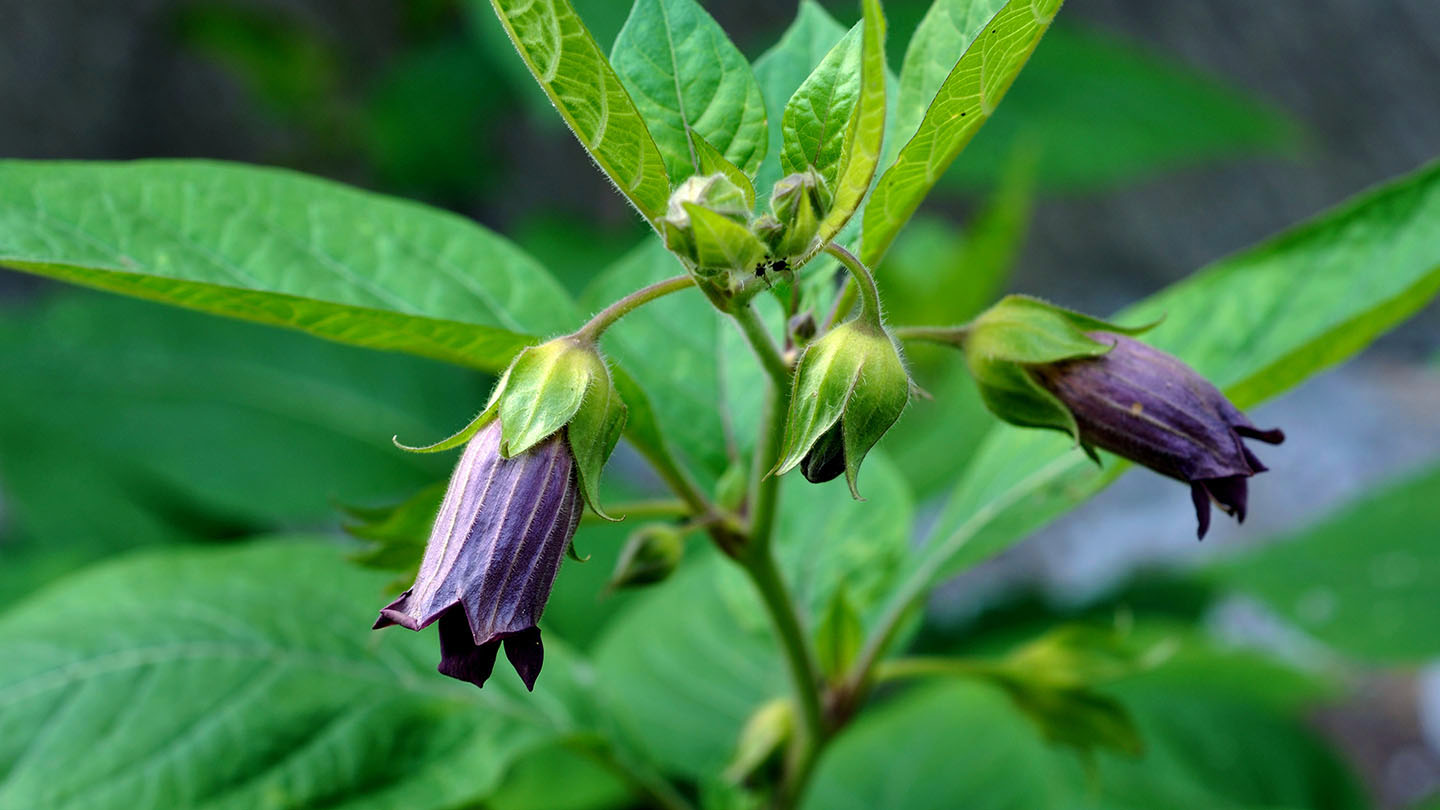
- Why It’s Dangerous: Contains tropane alkaloids that can cause hallucinations, seizures, and even death.
- How Common Is It?: Rarely found in gardens but may grow in wild or neglected areas.
- What You Should Do If You Have It?: Eradicate it carefully, wearing protective gear.







